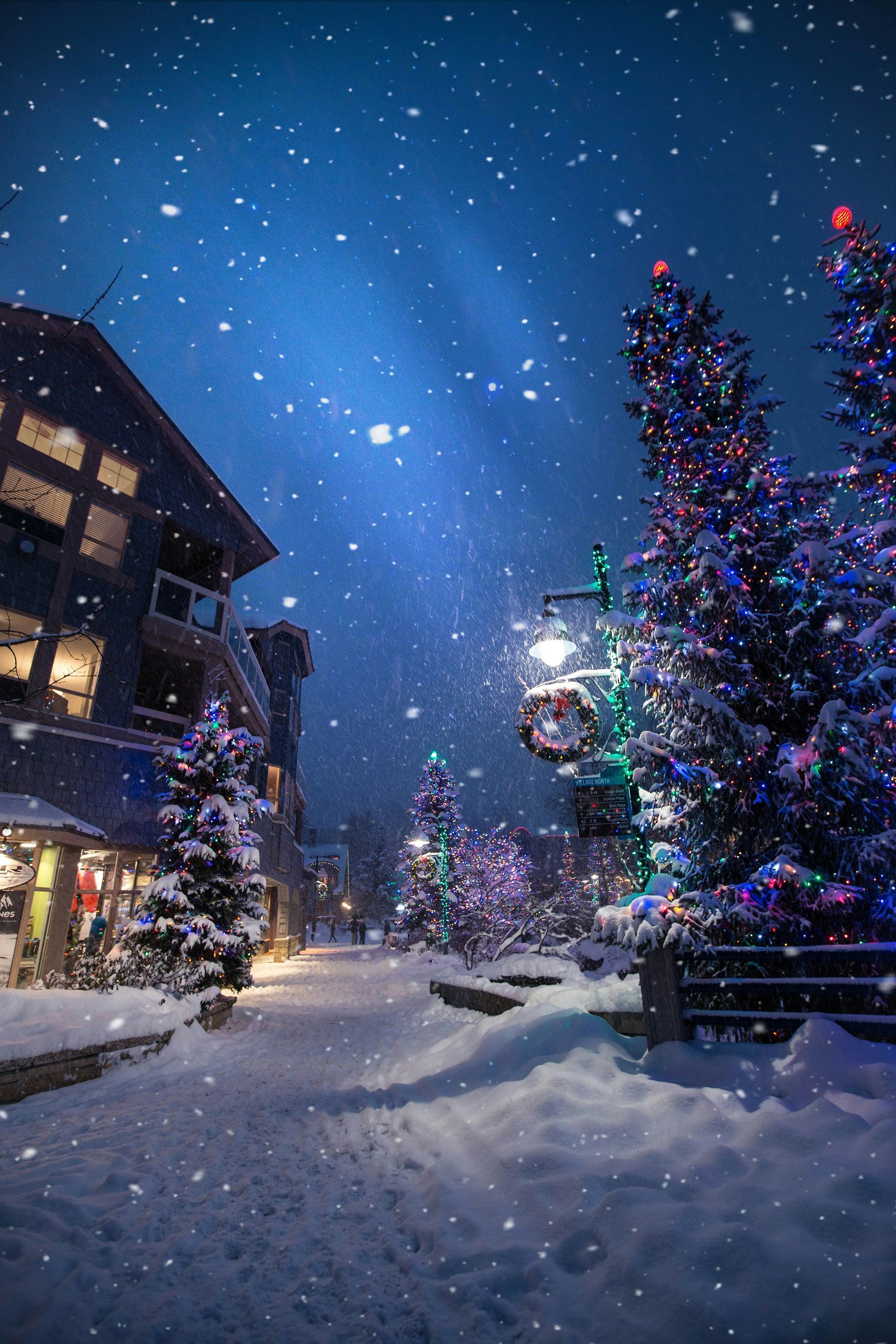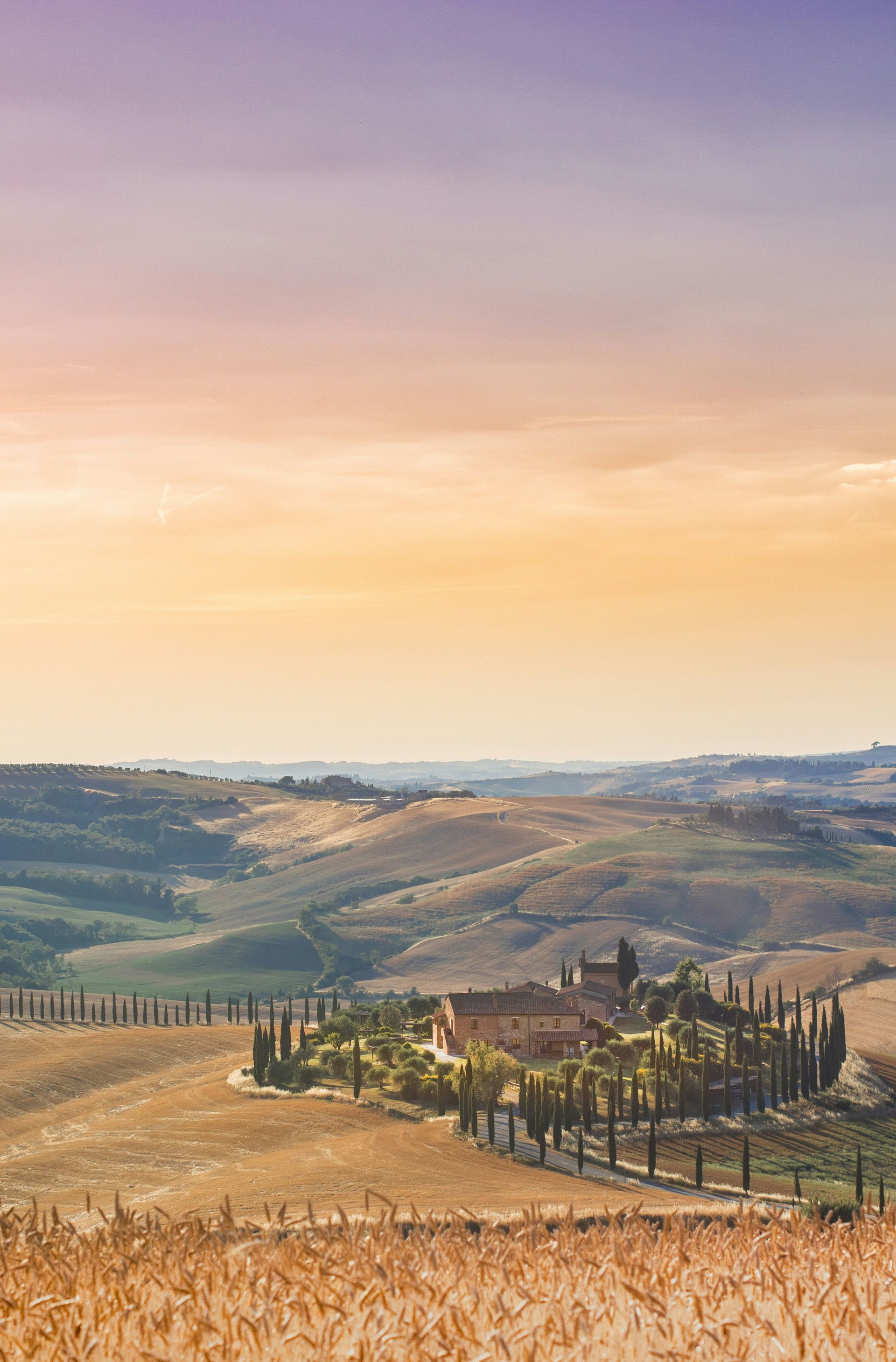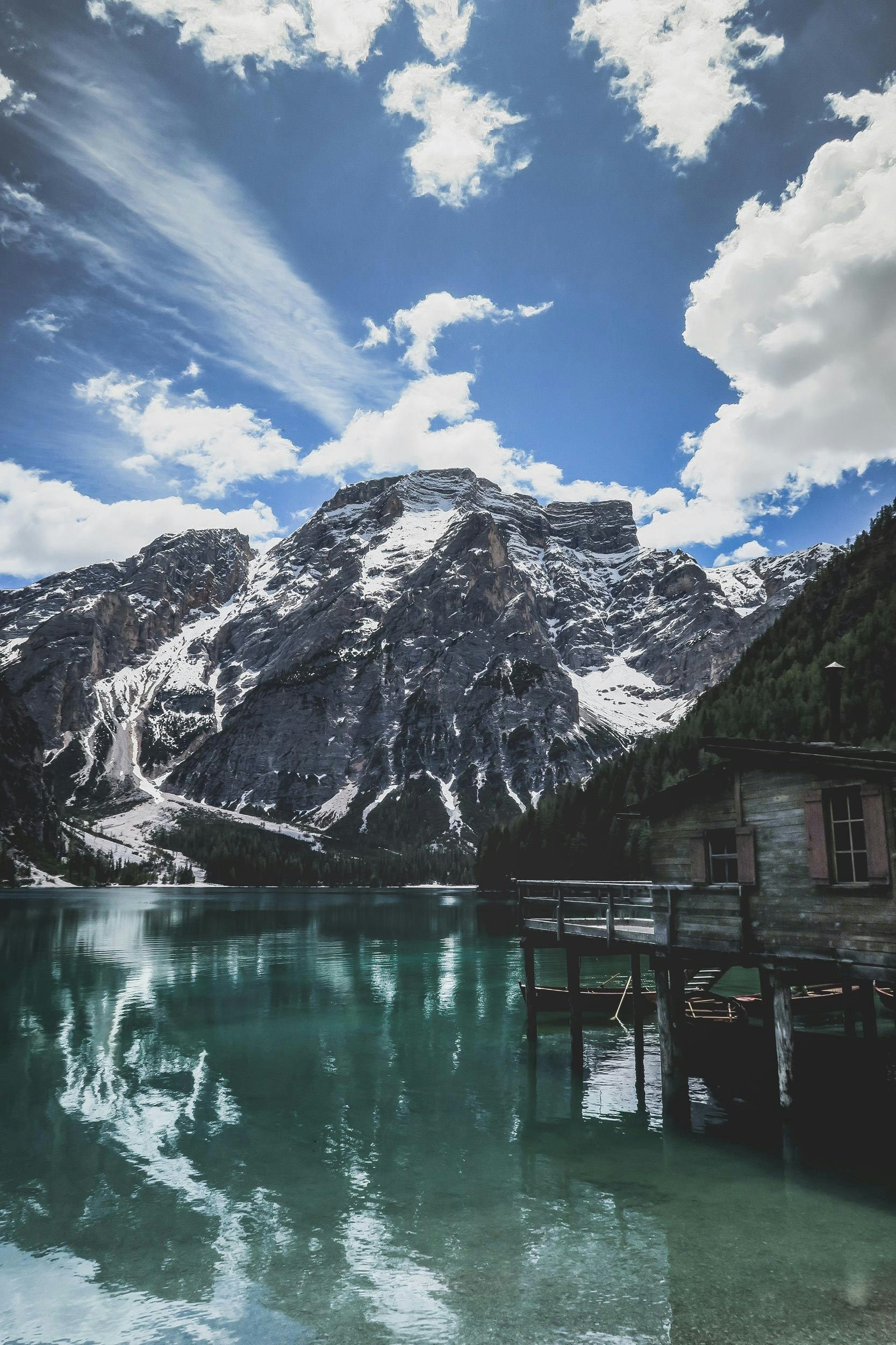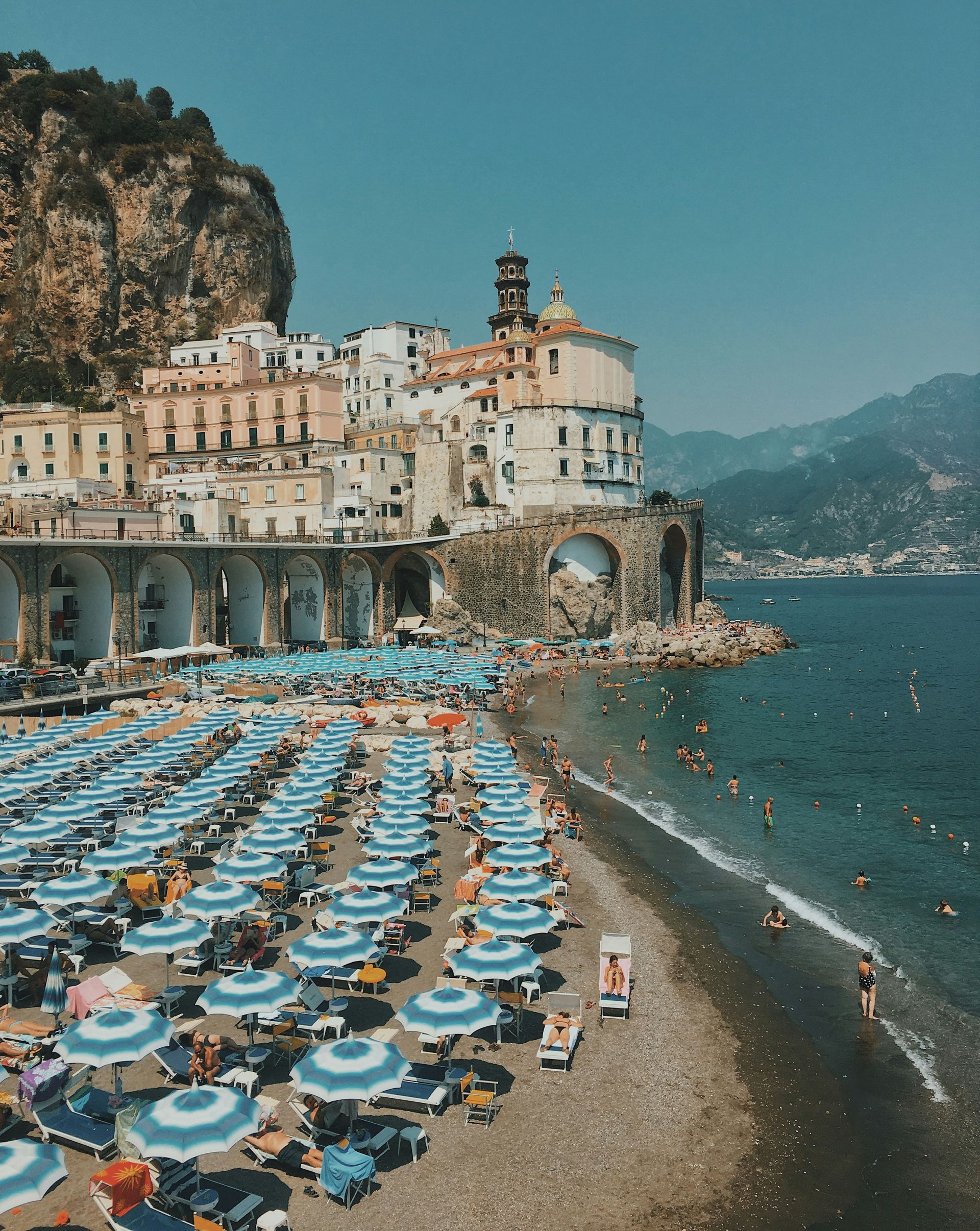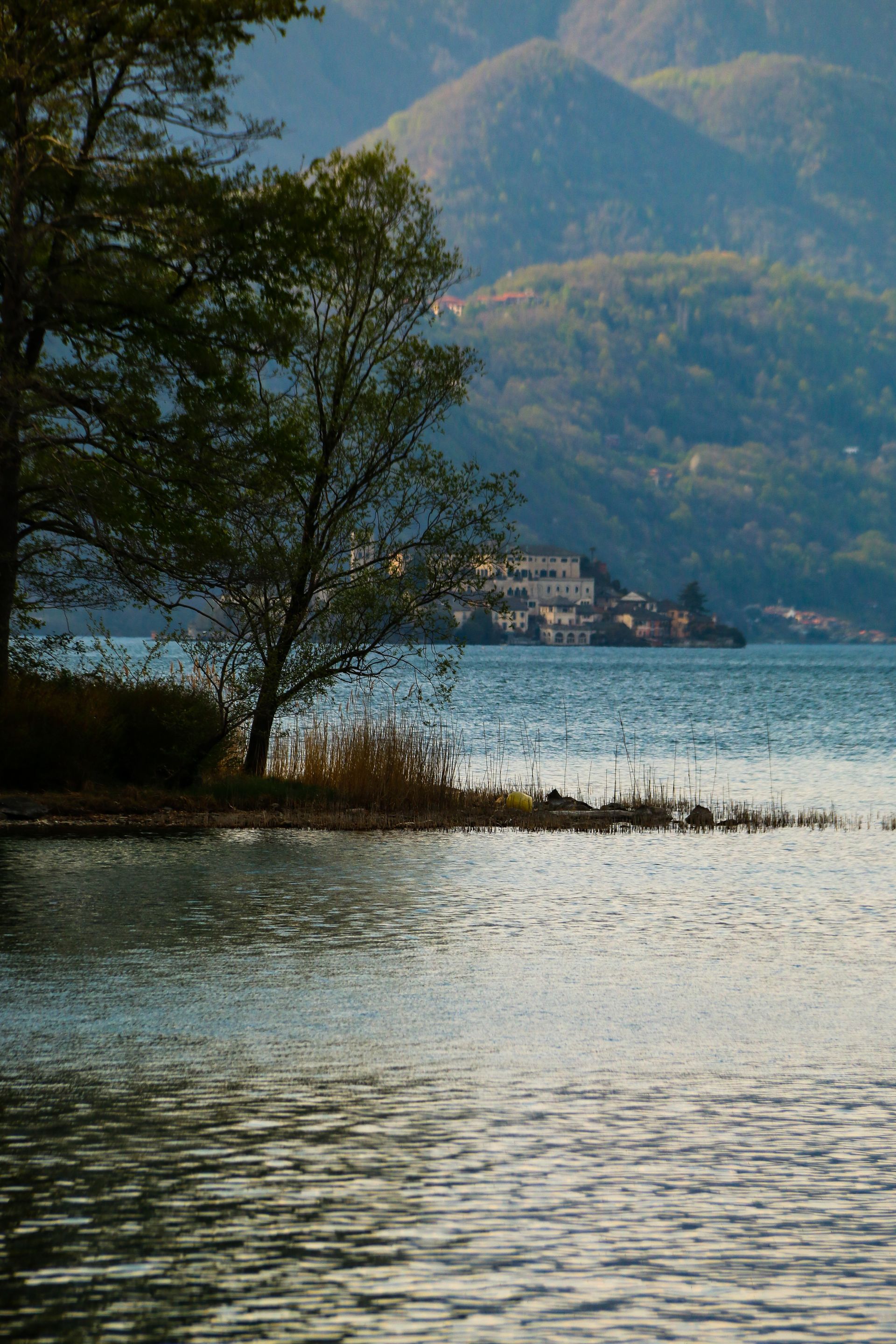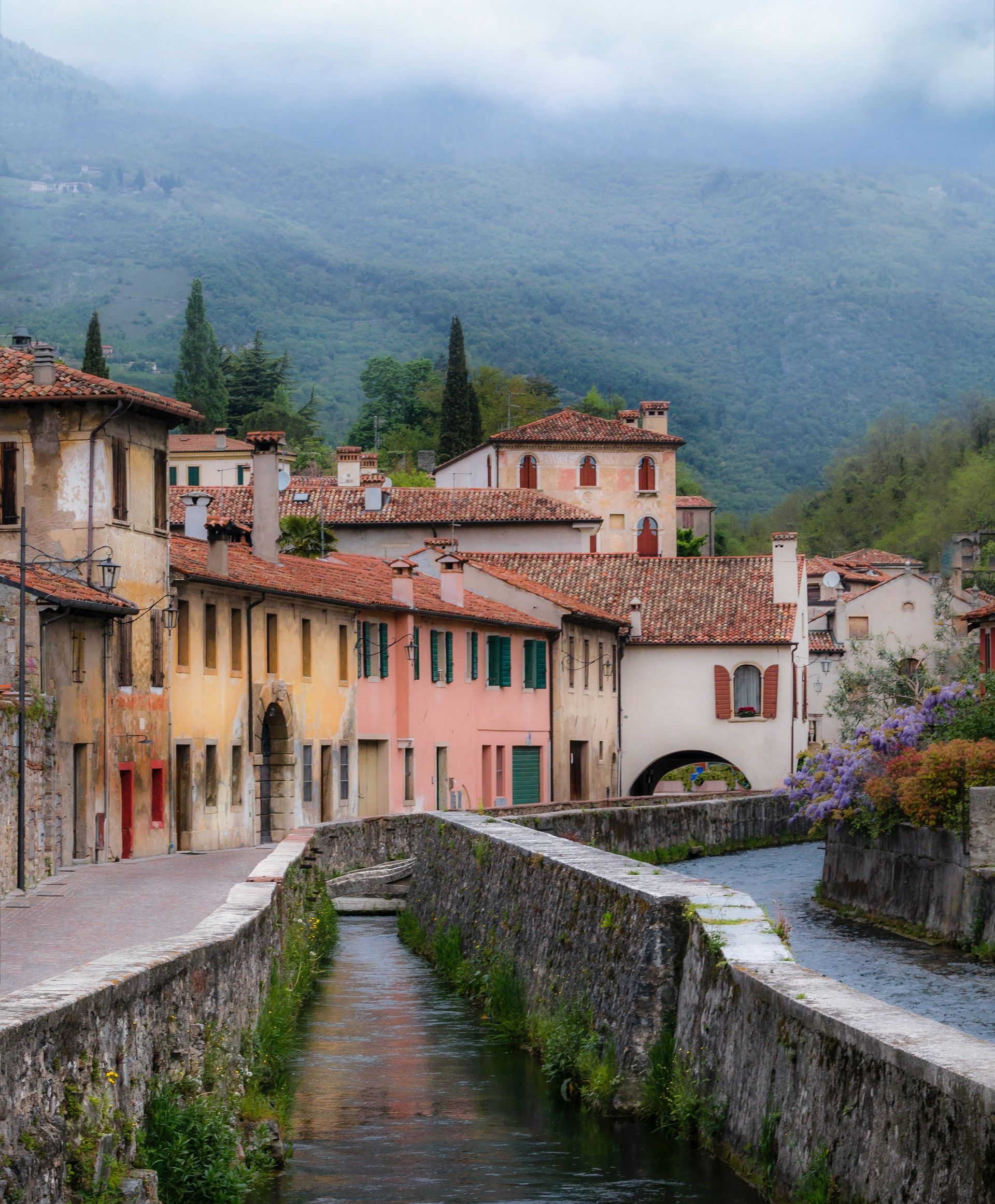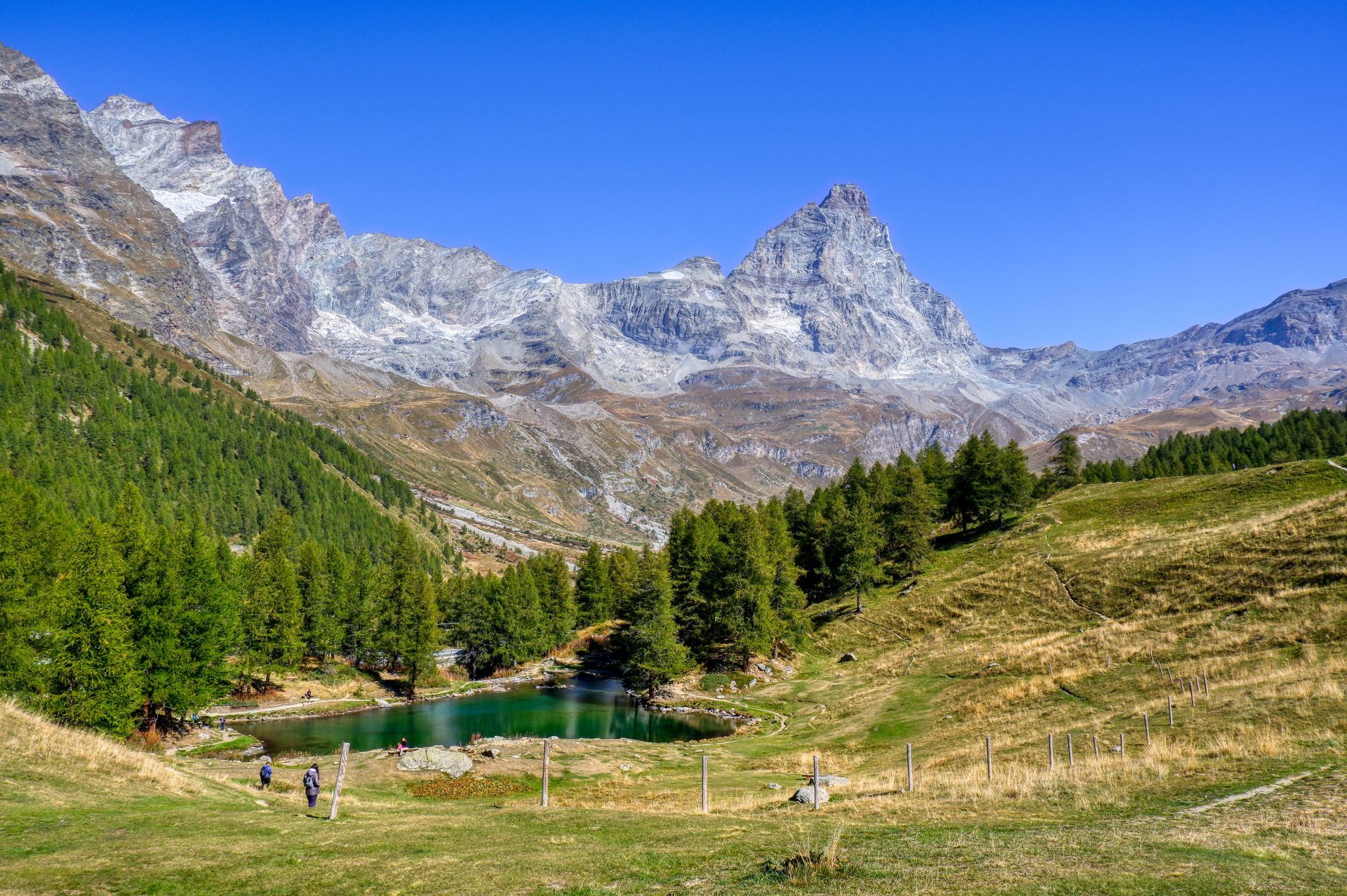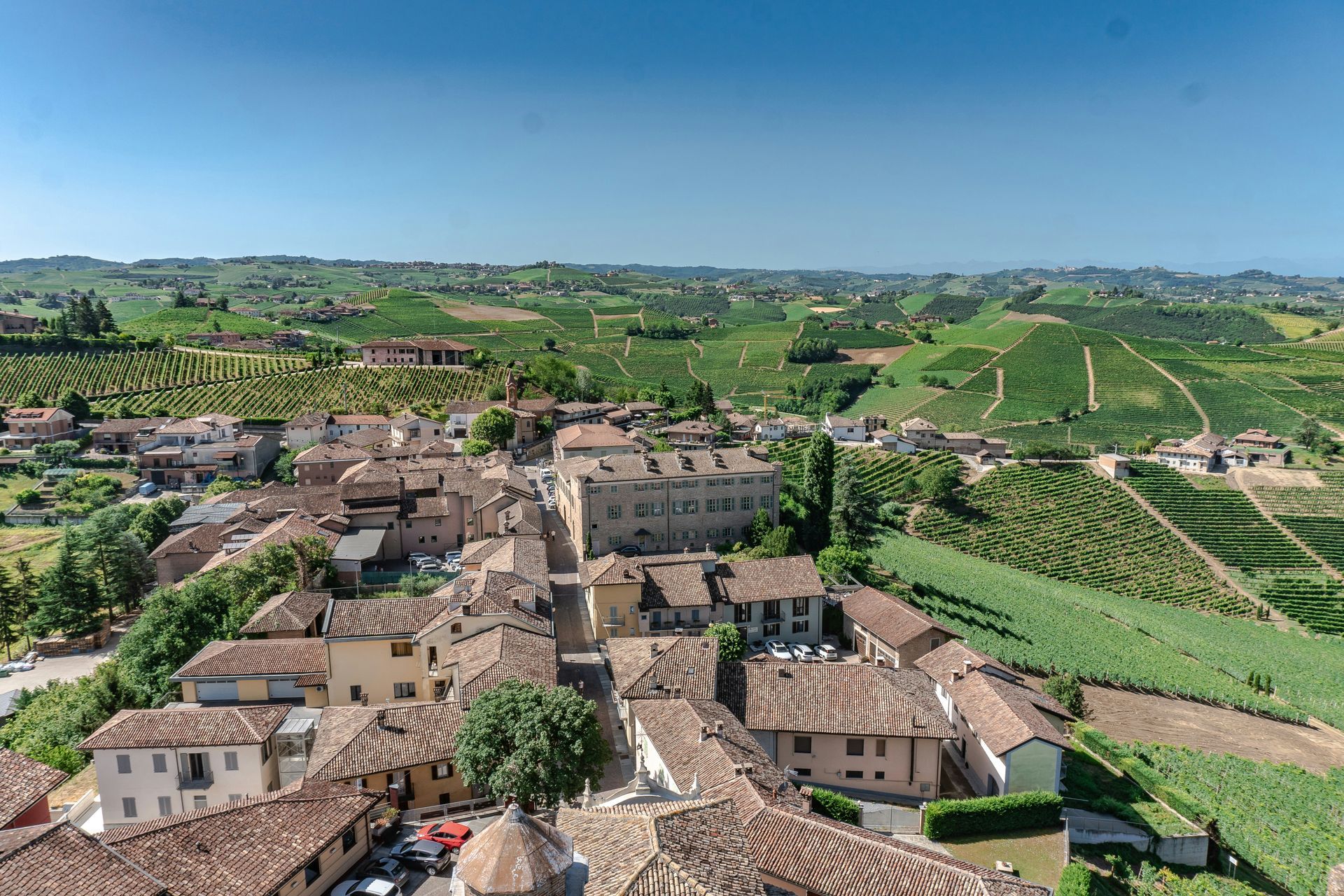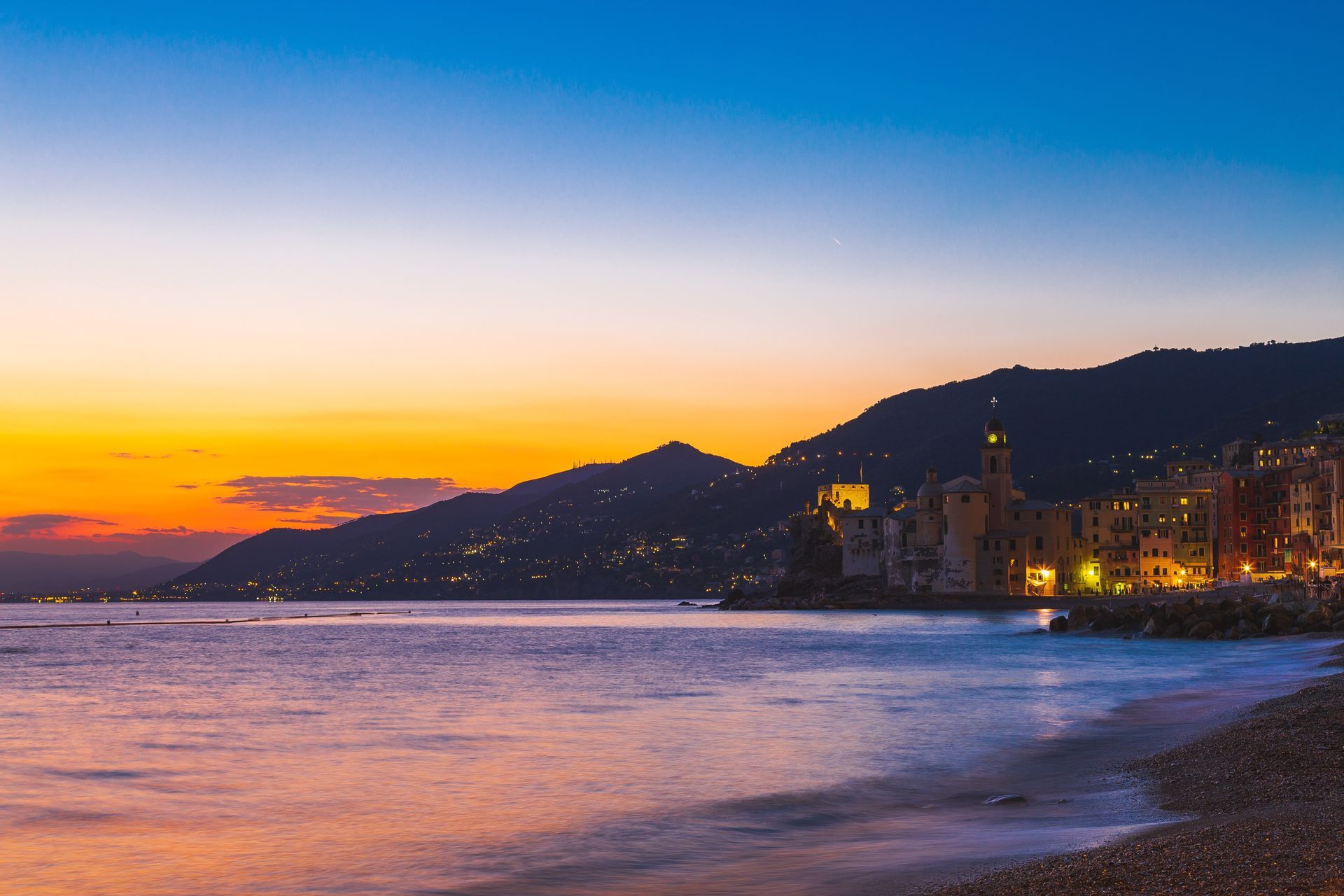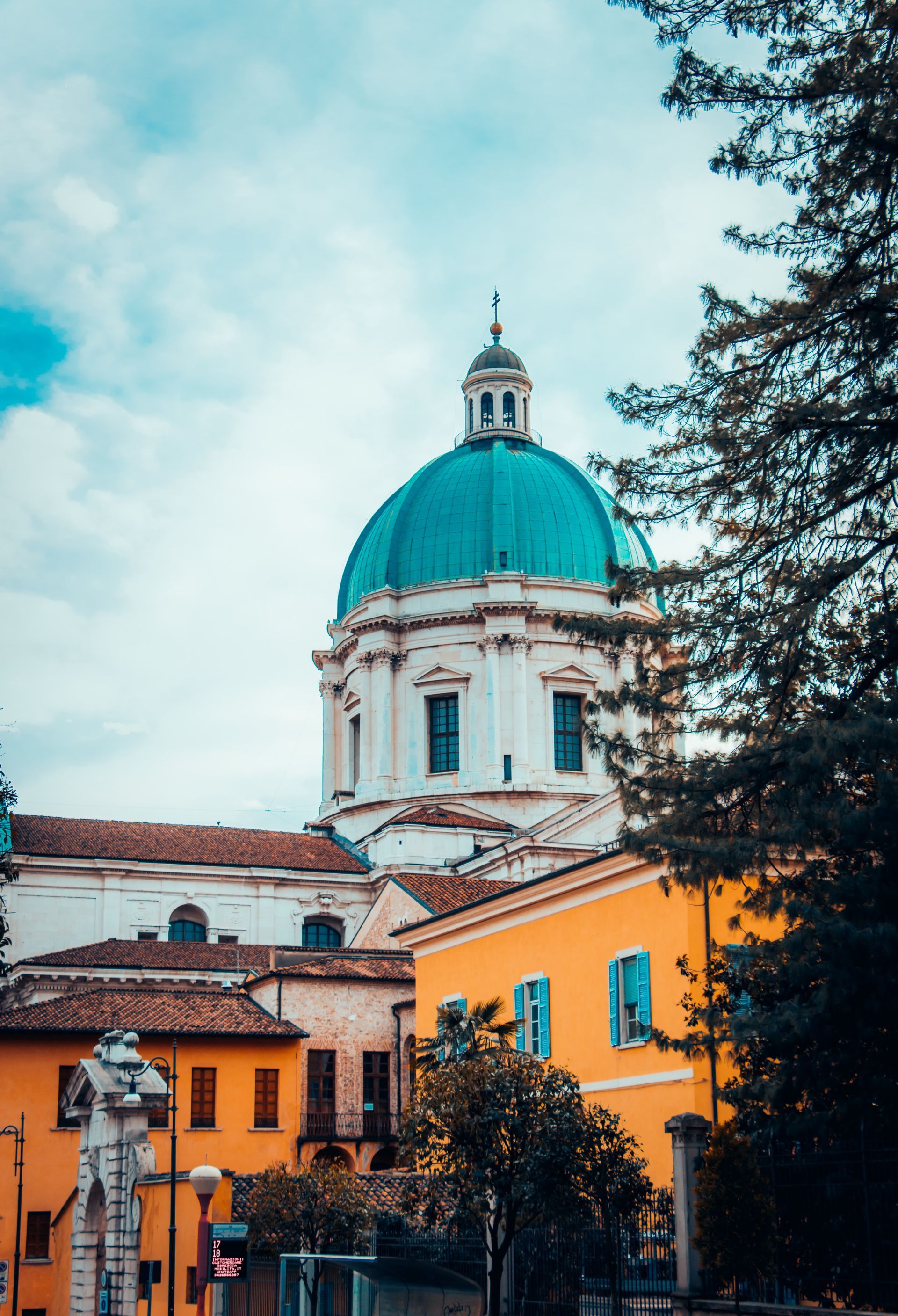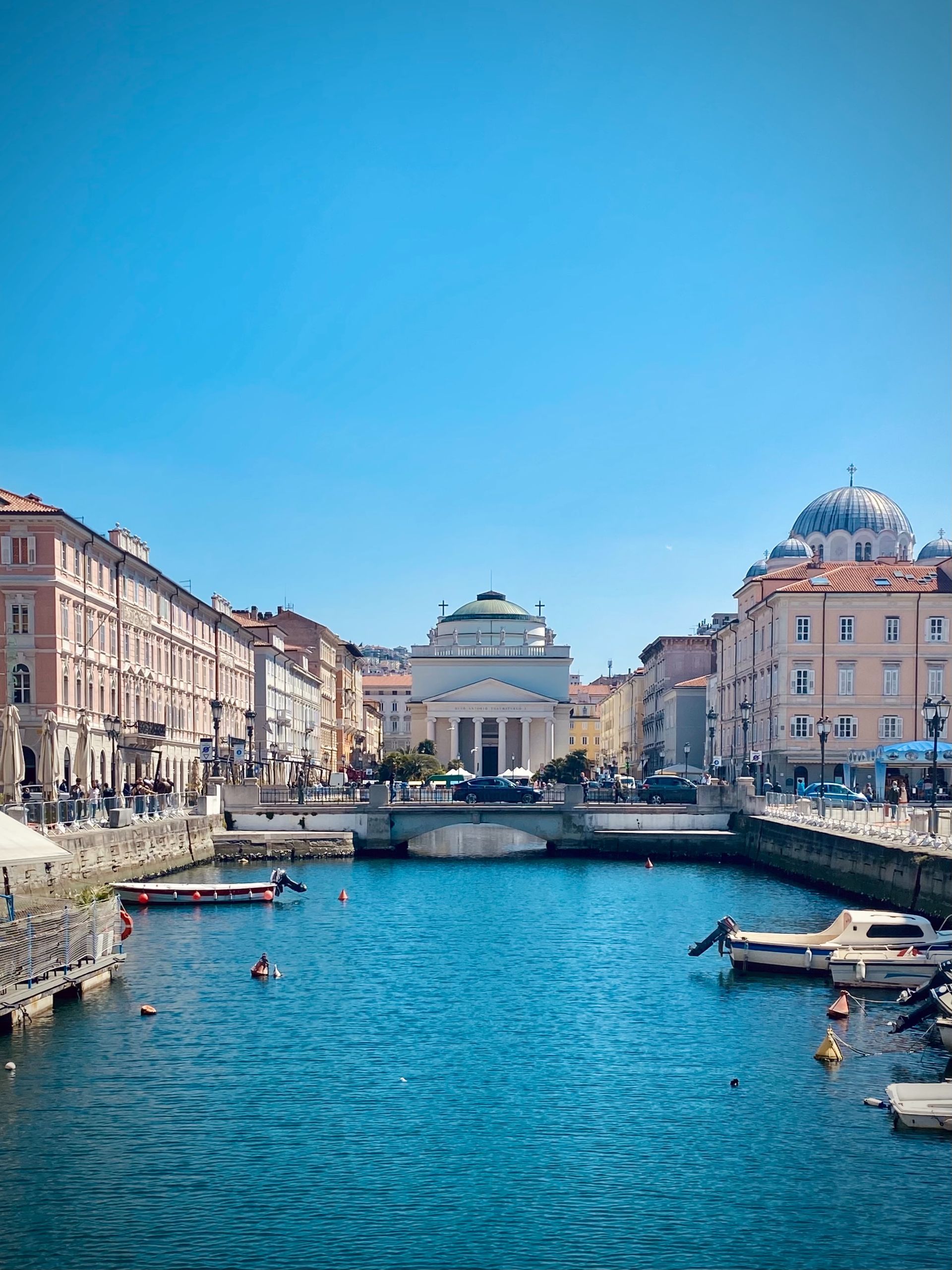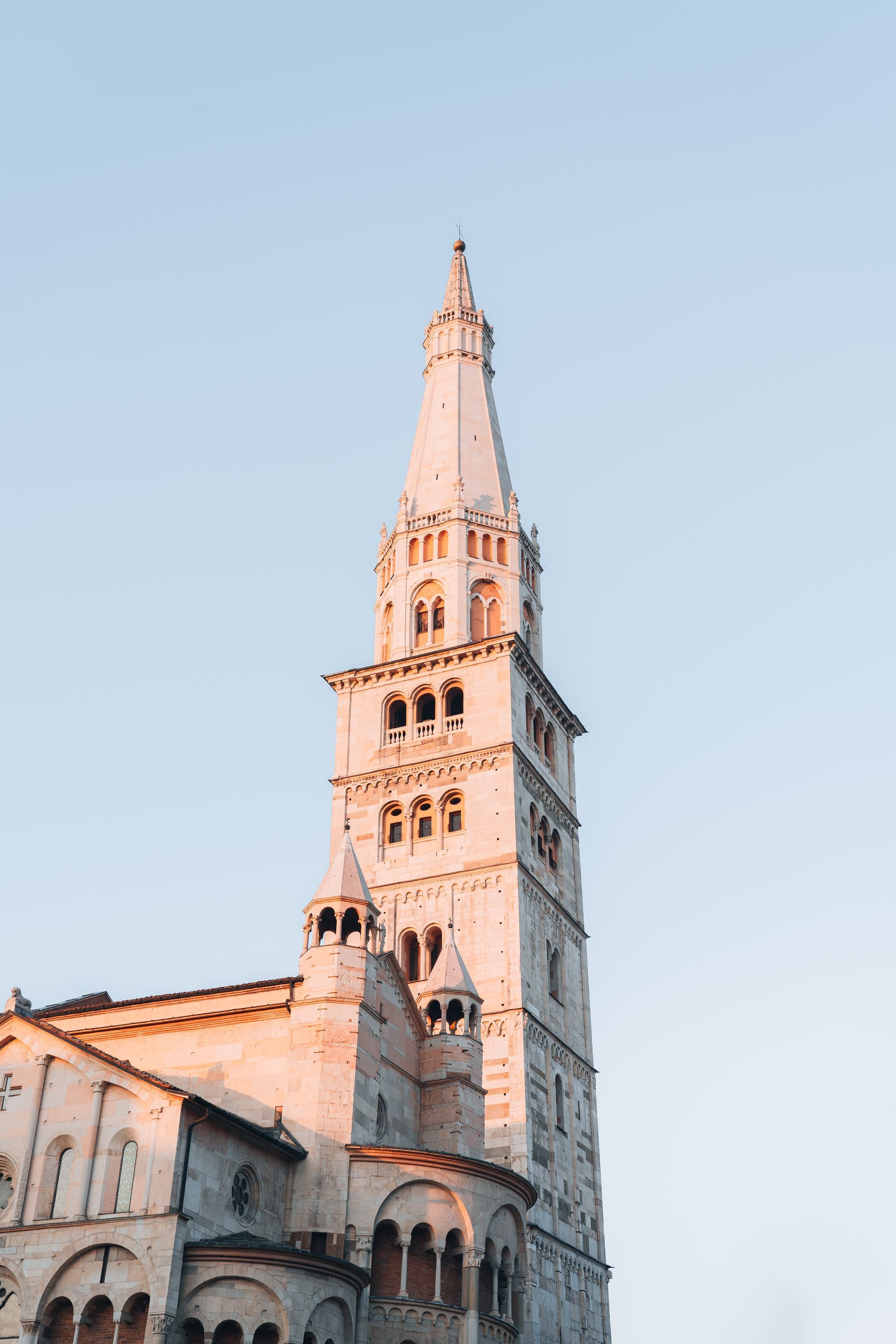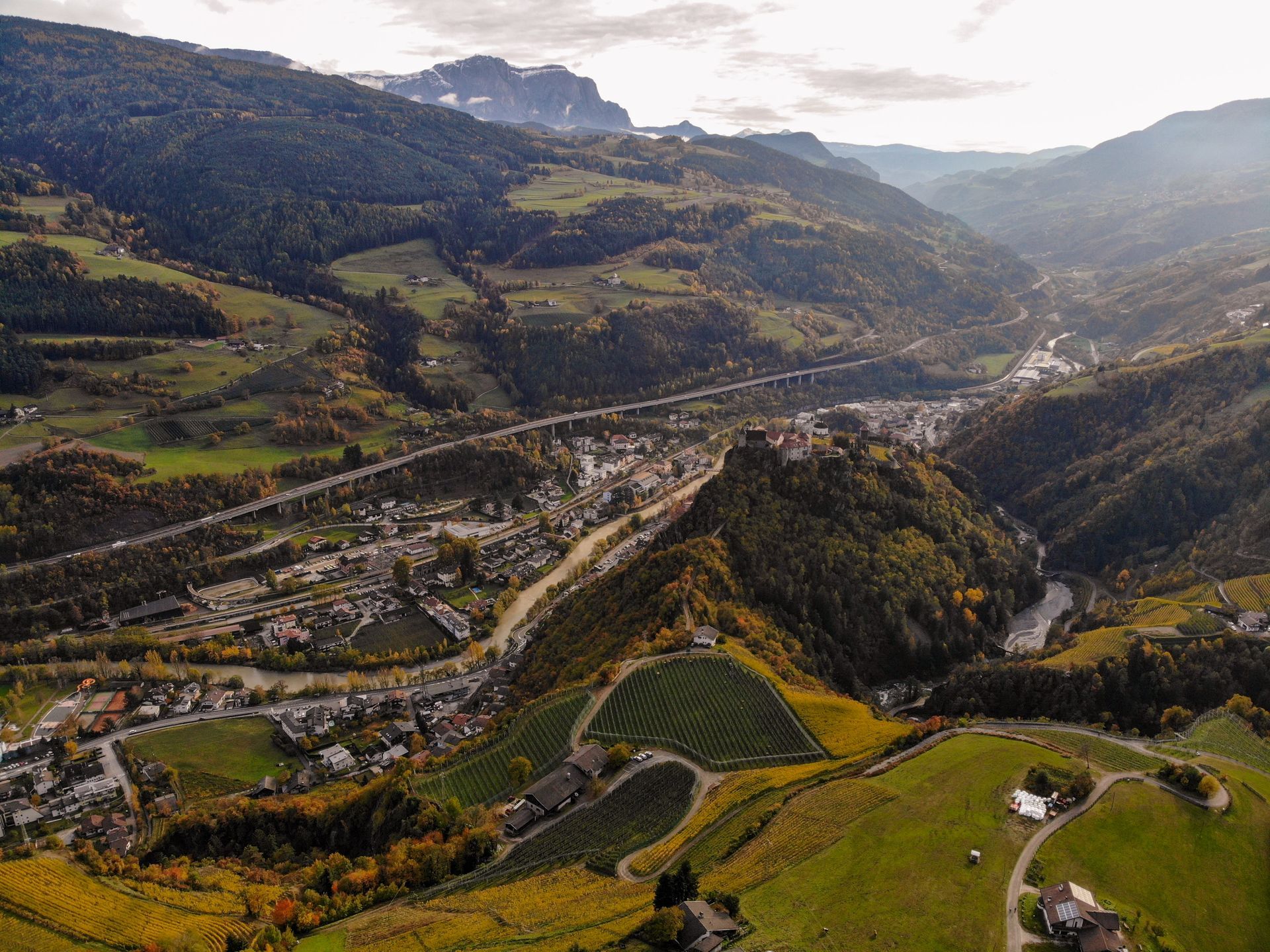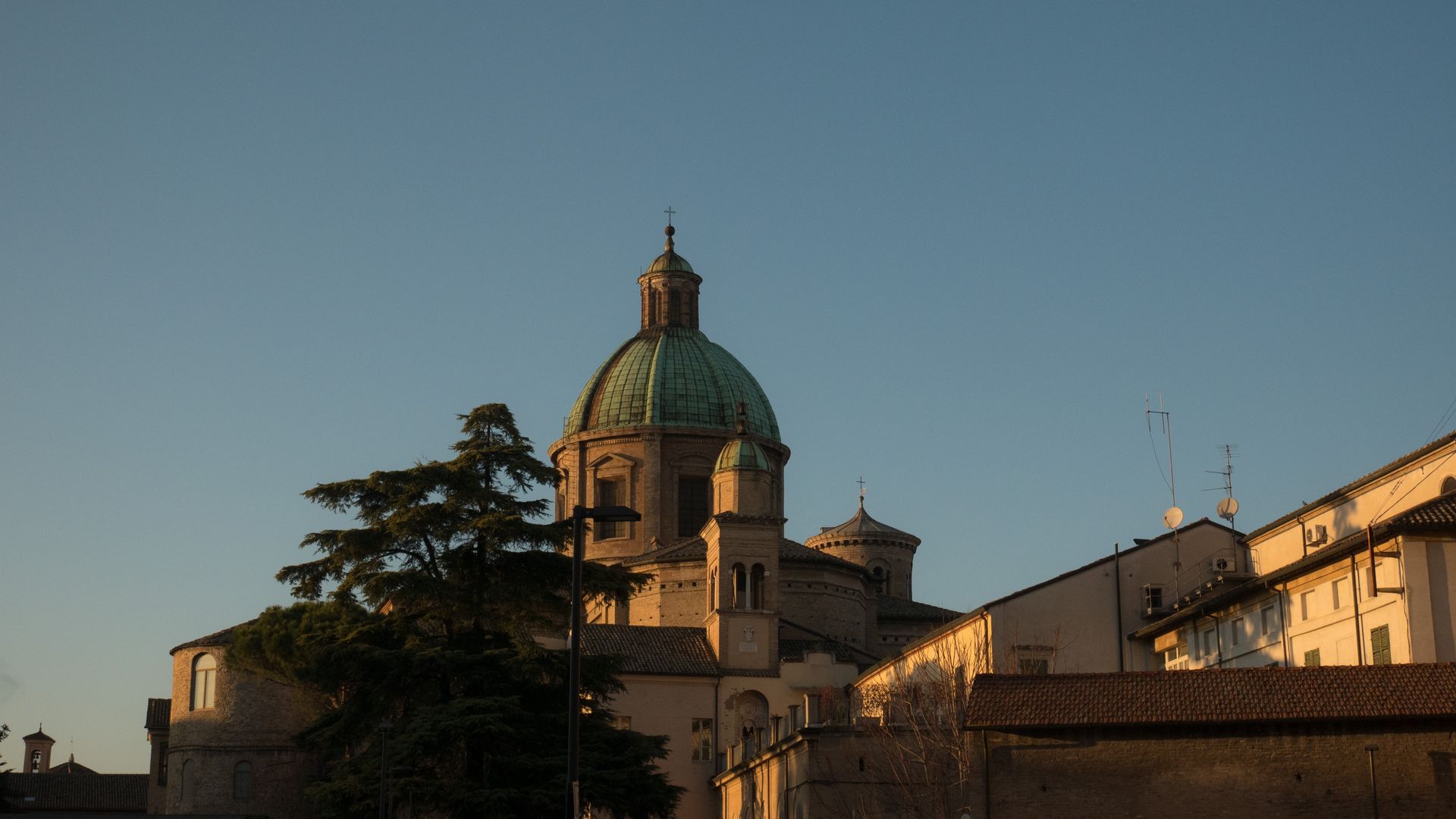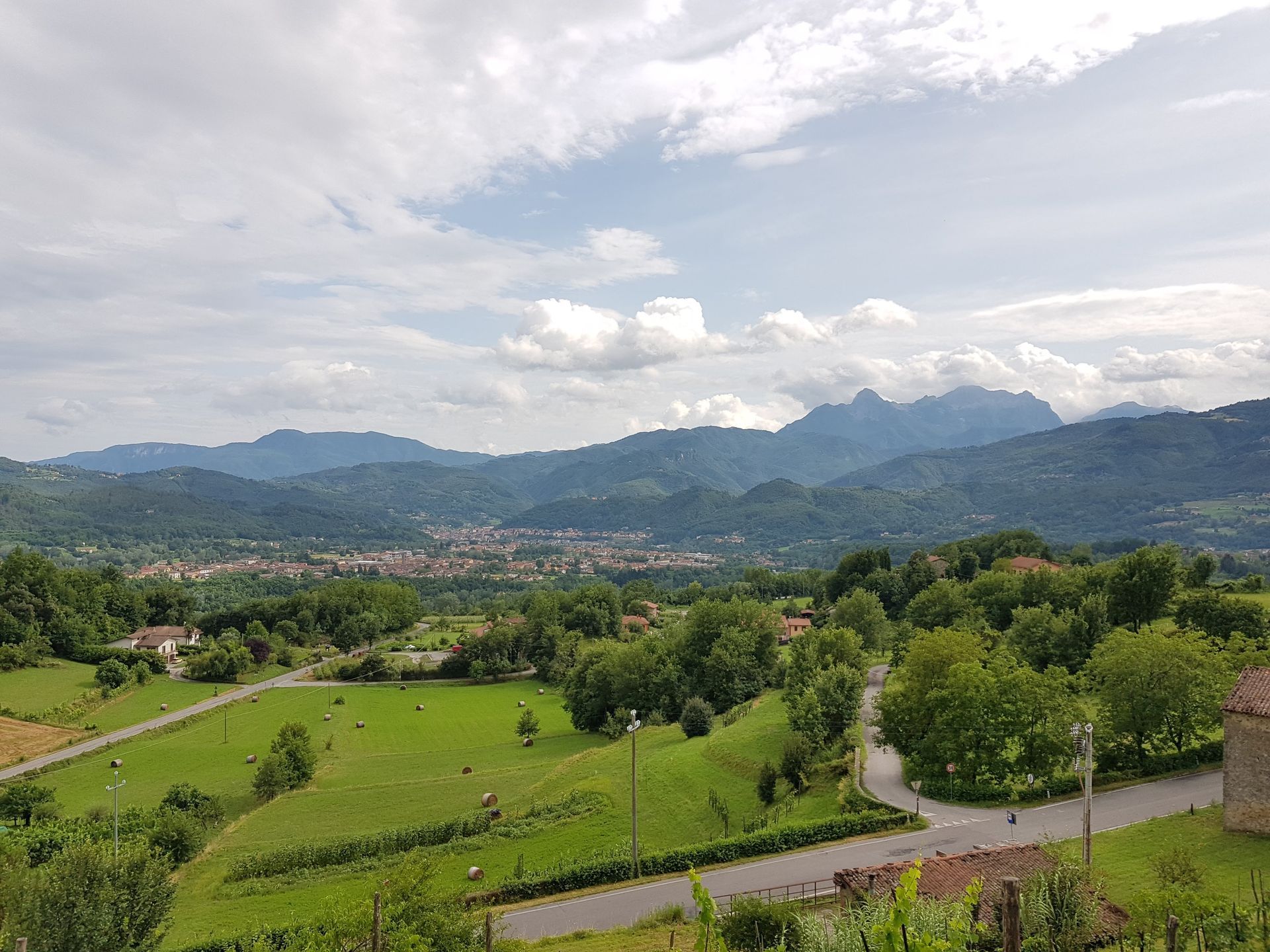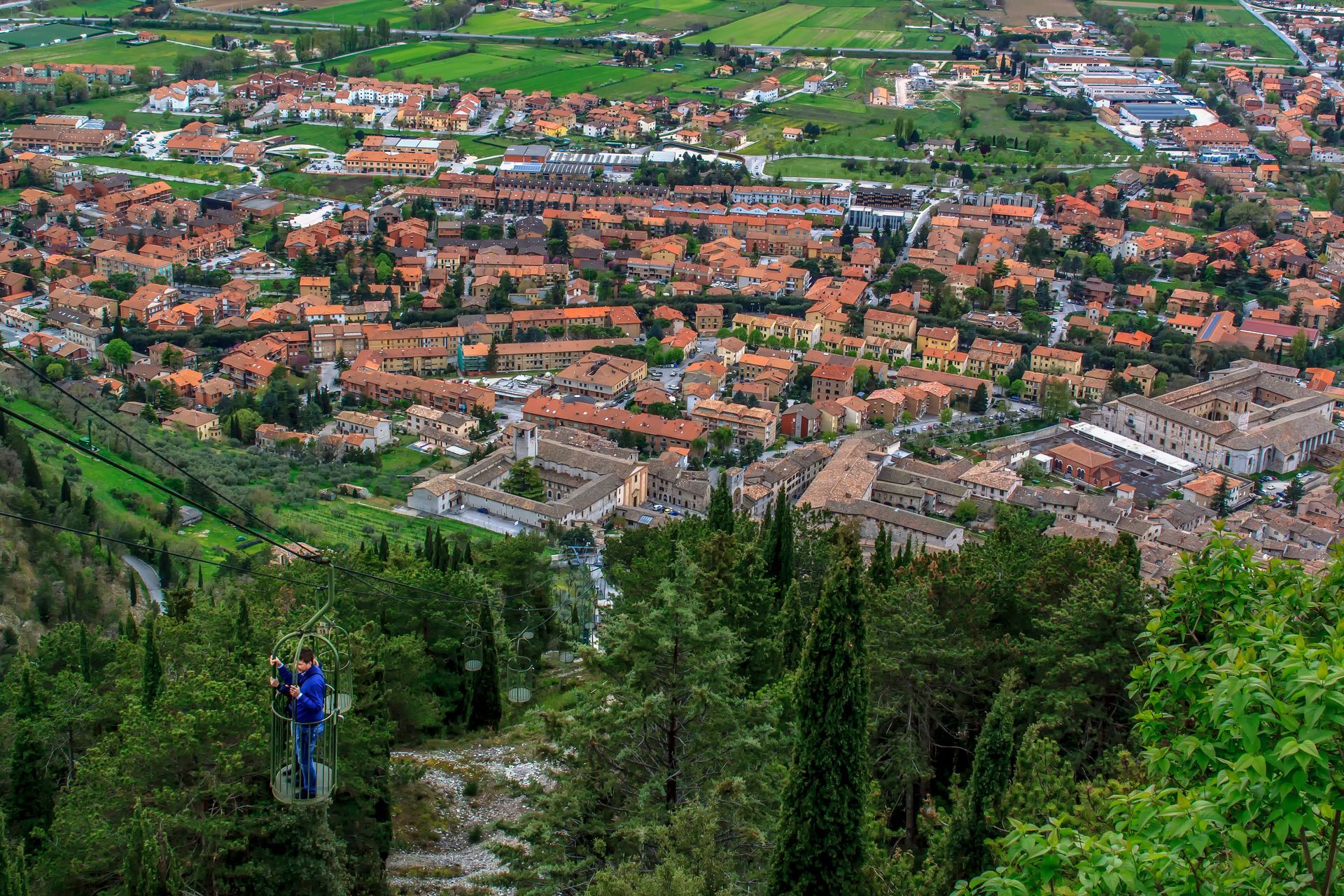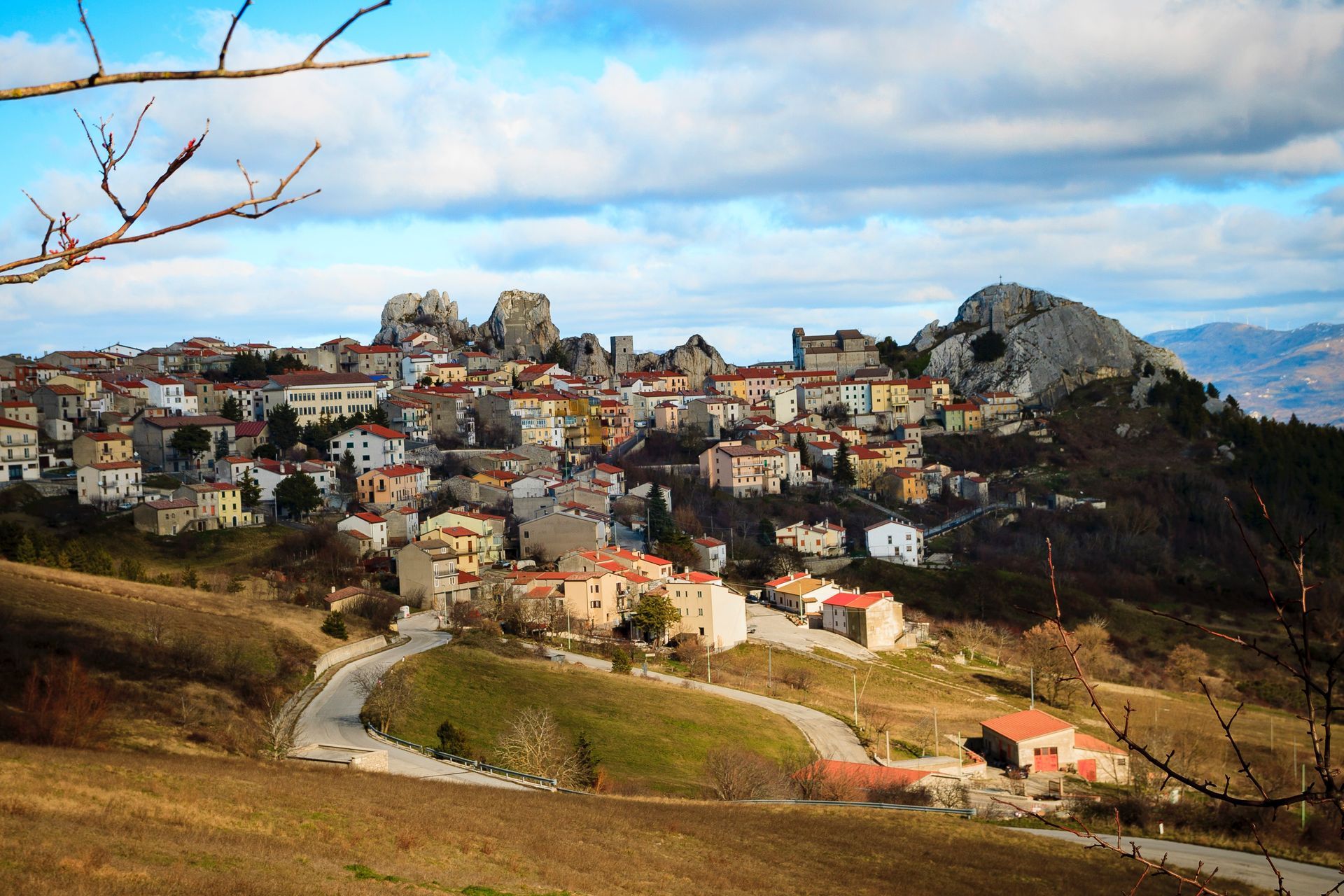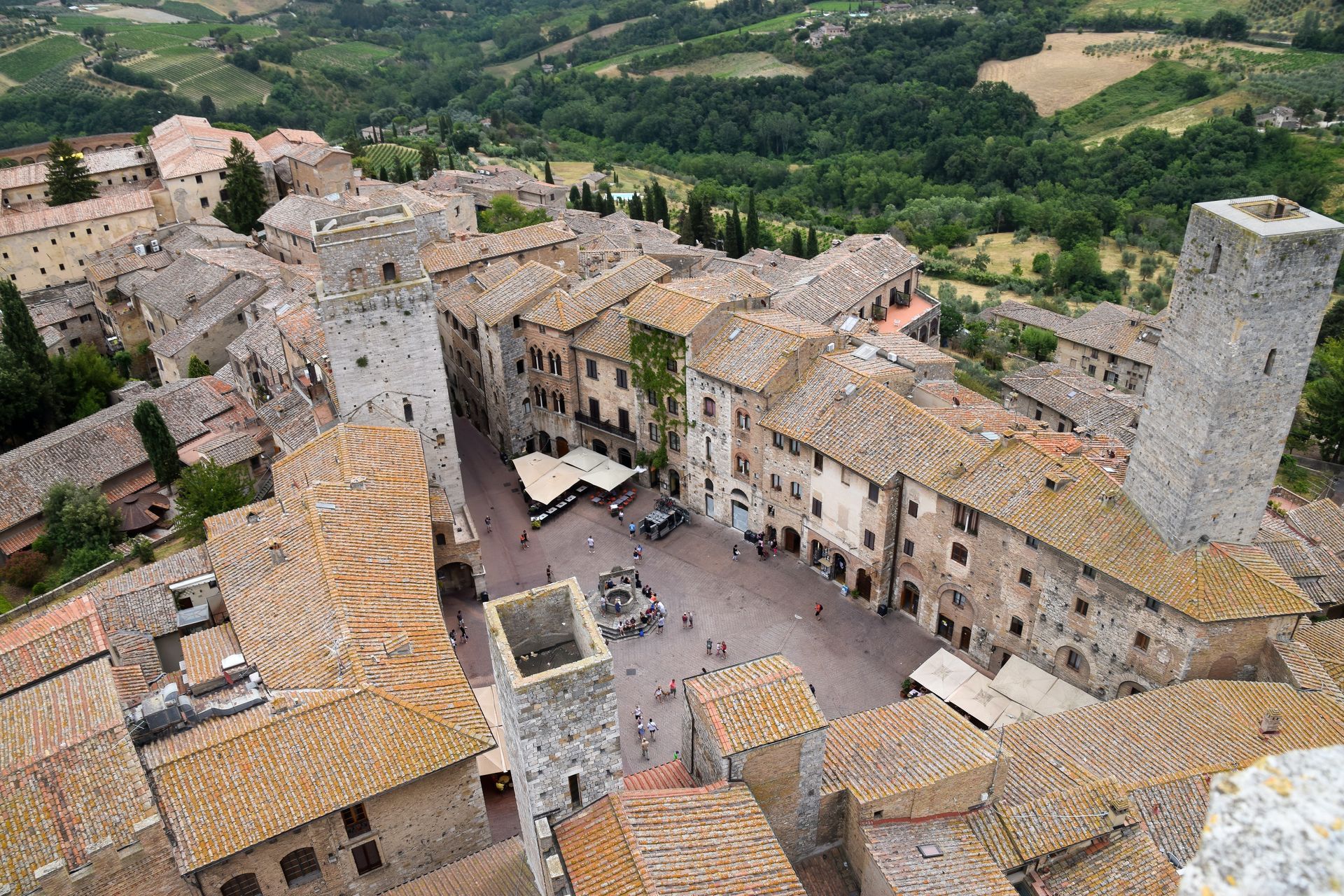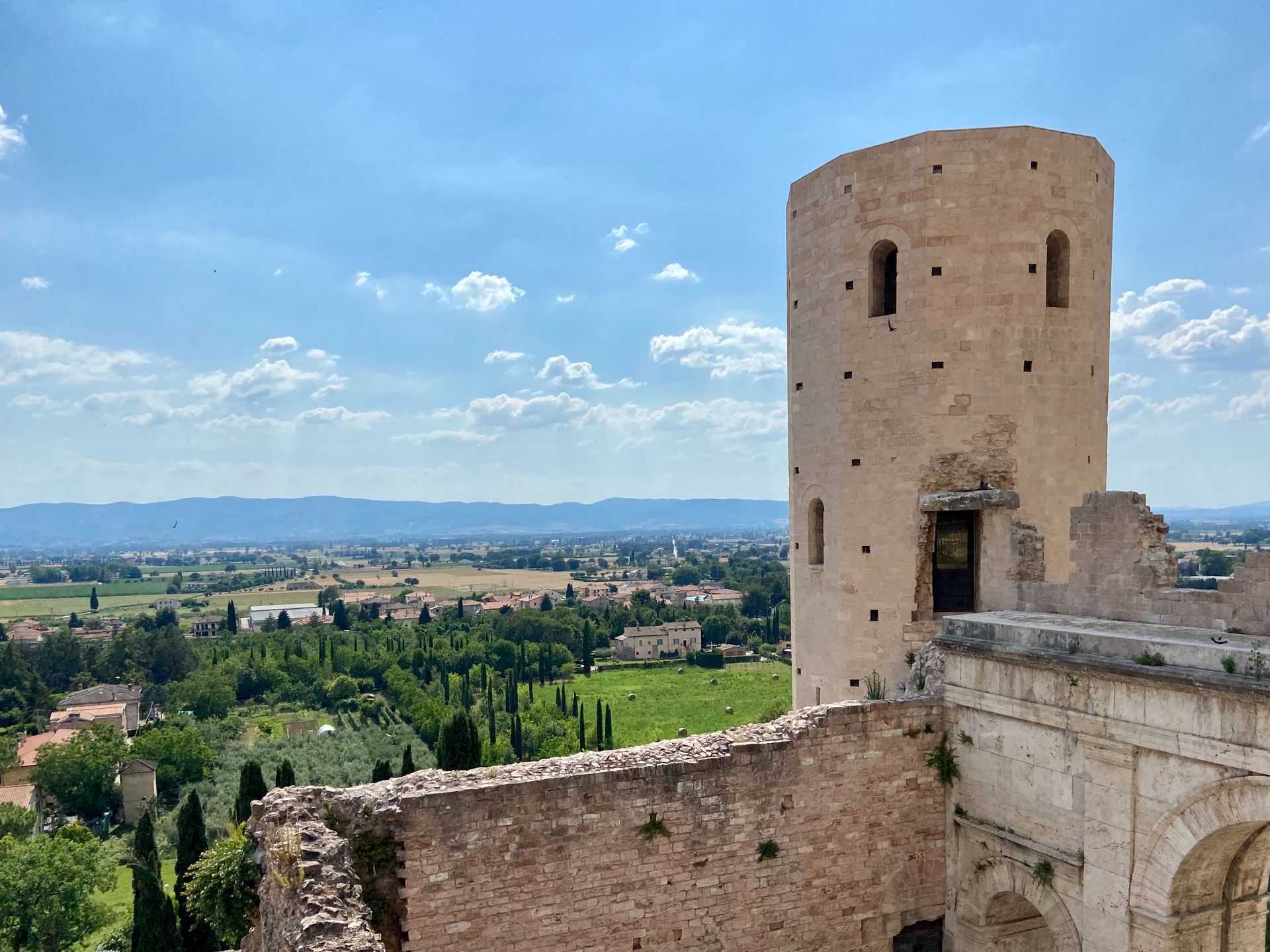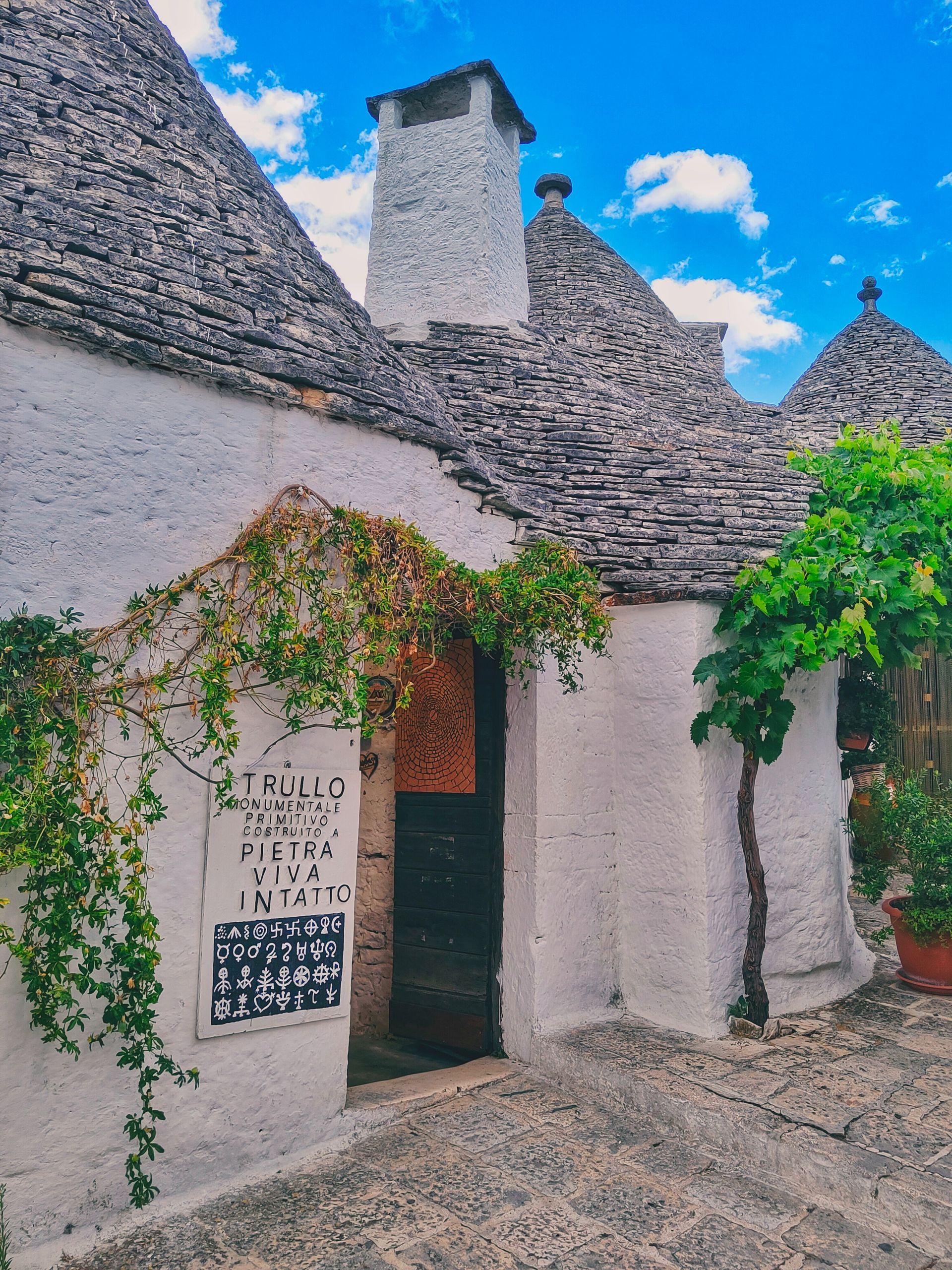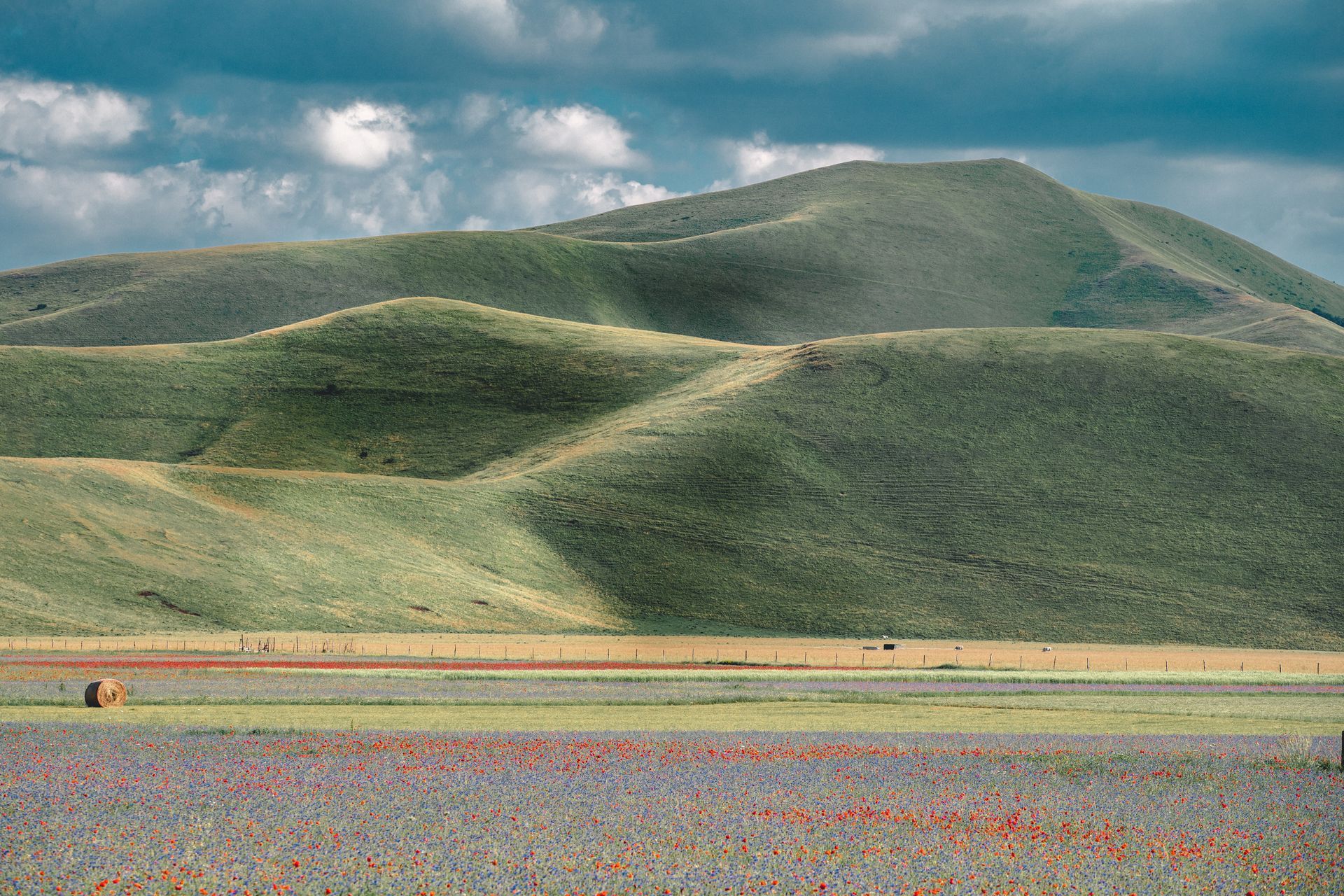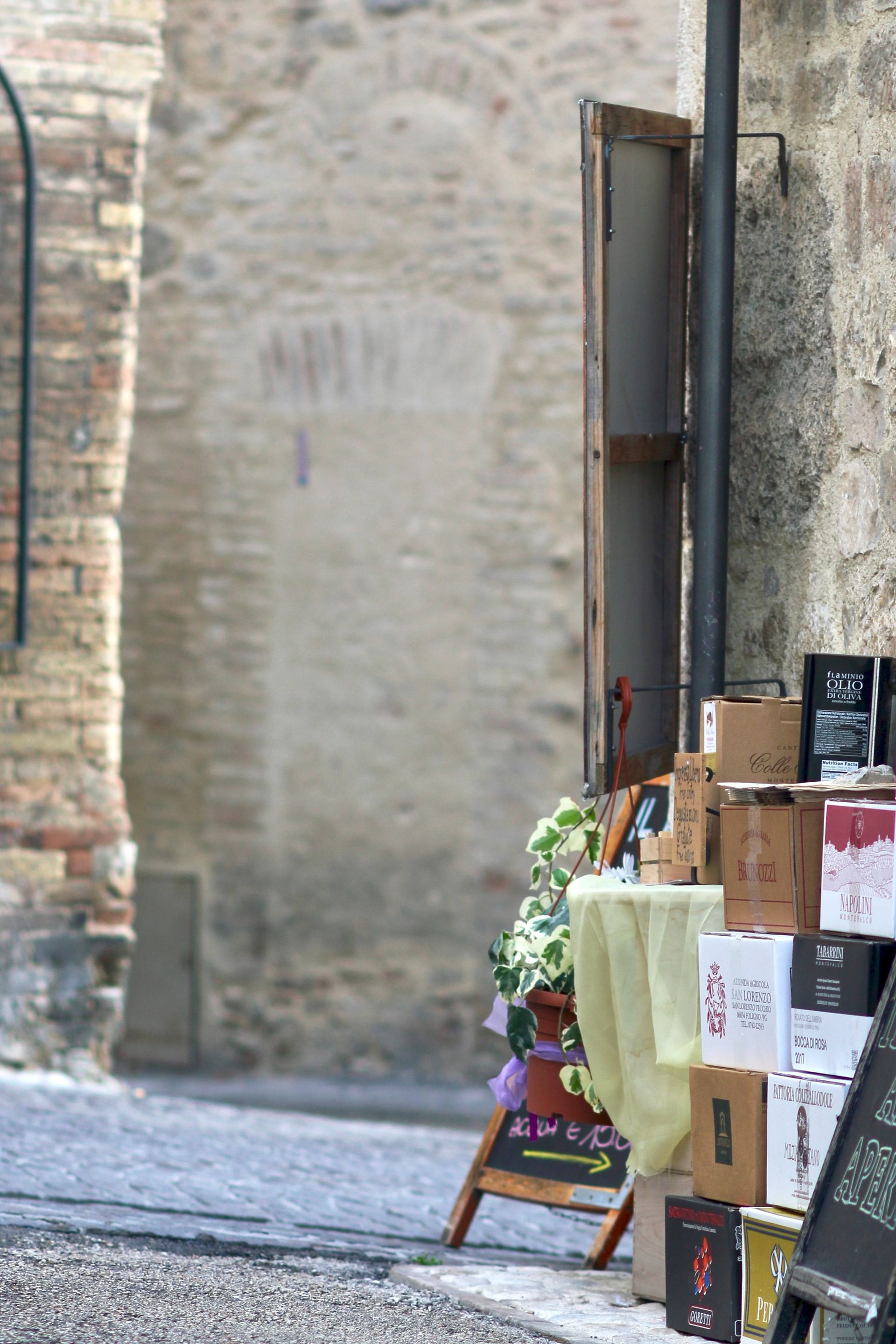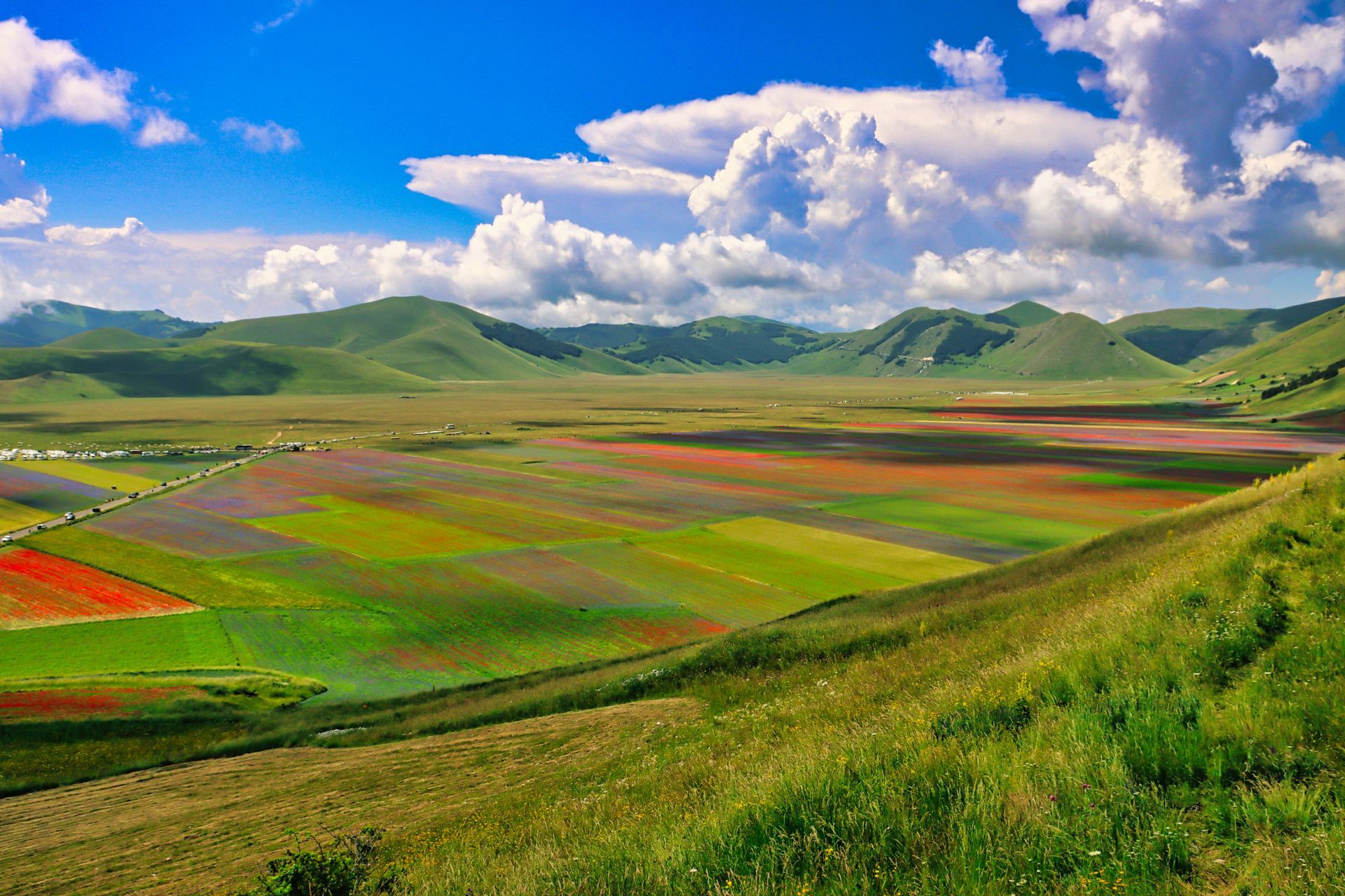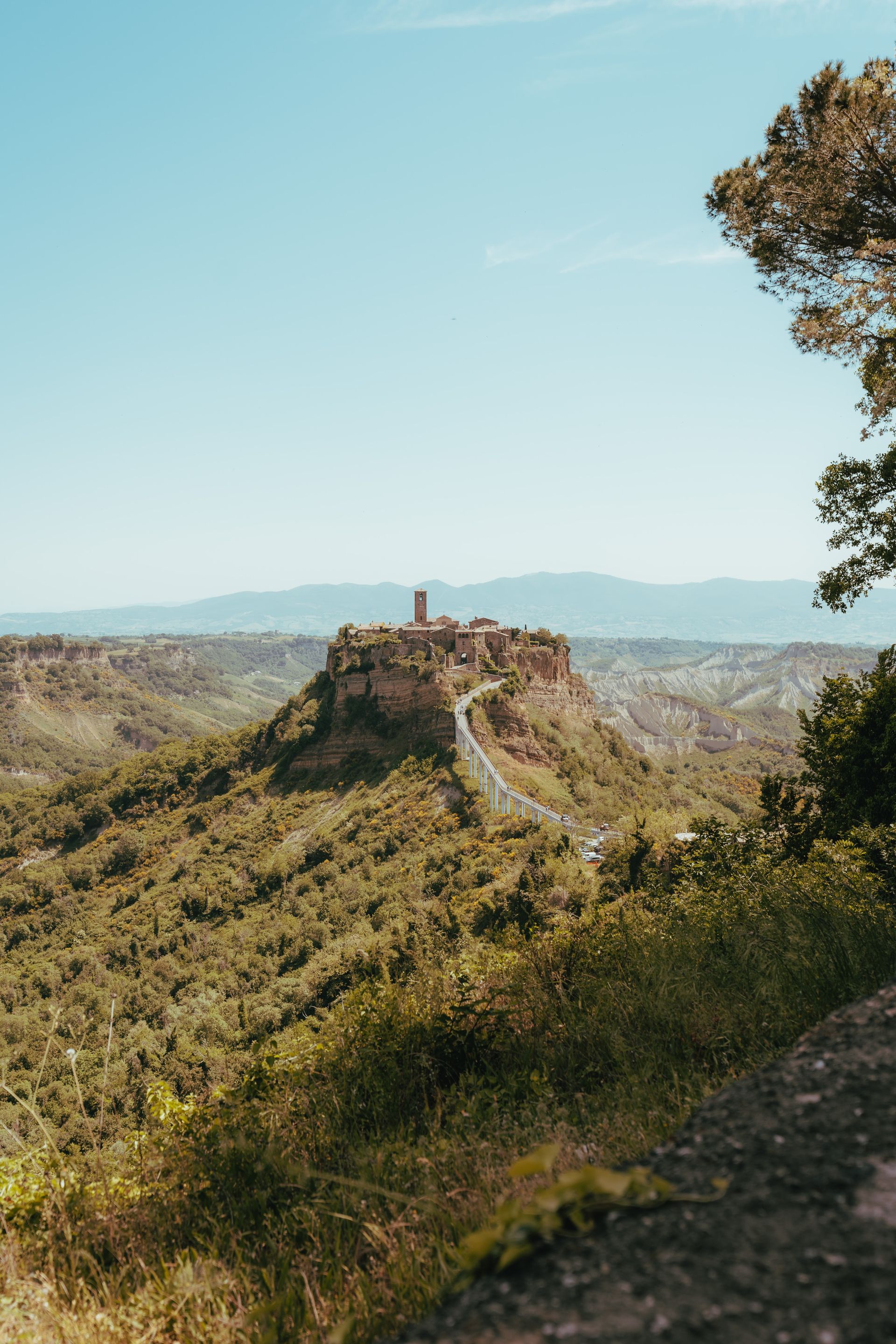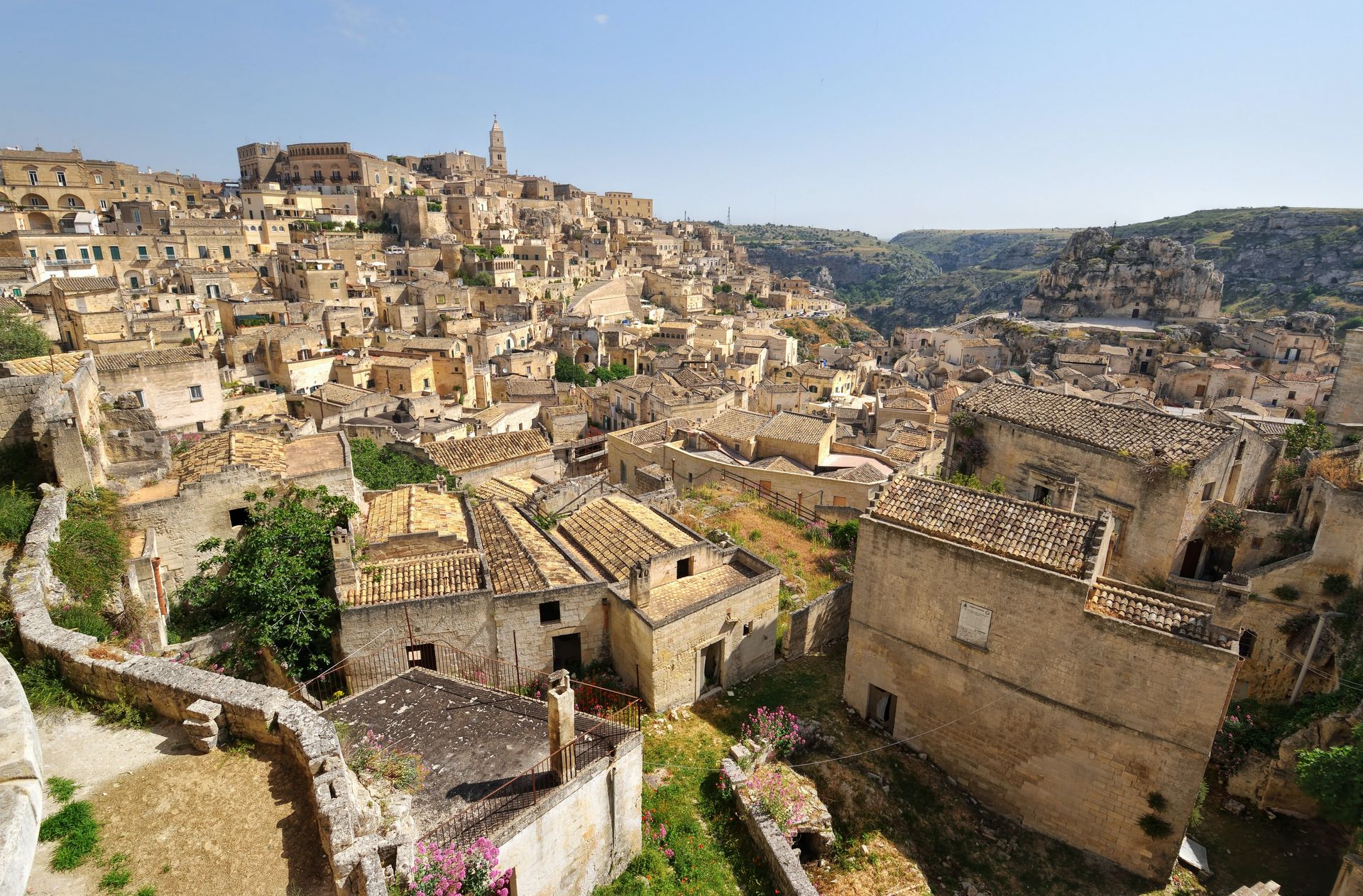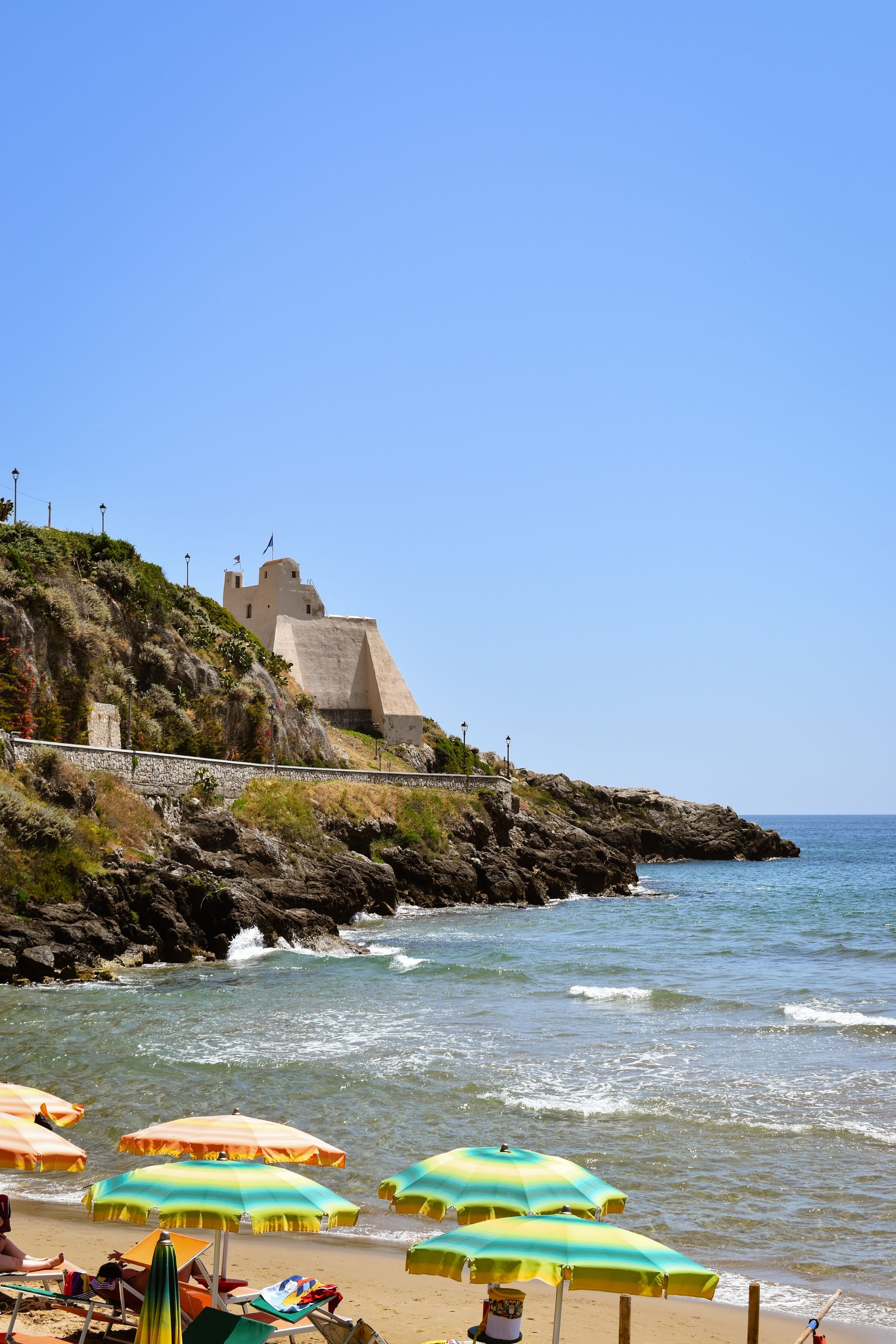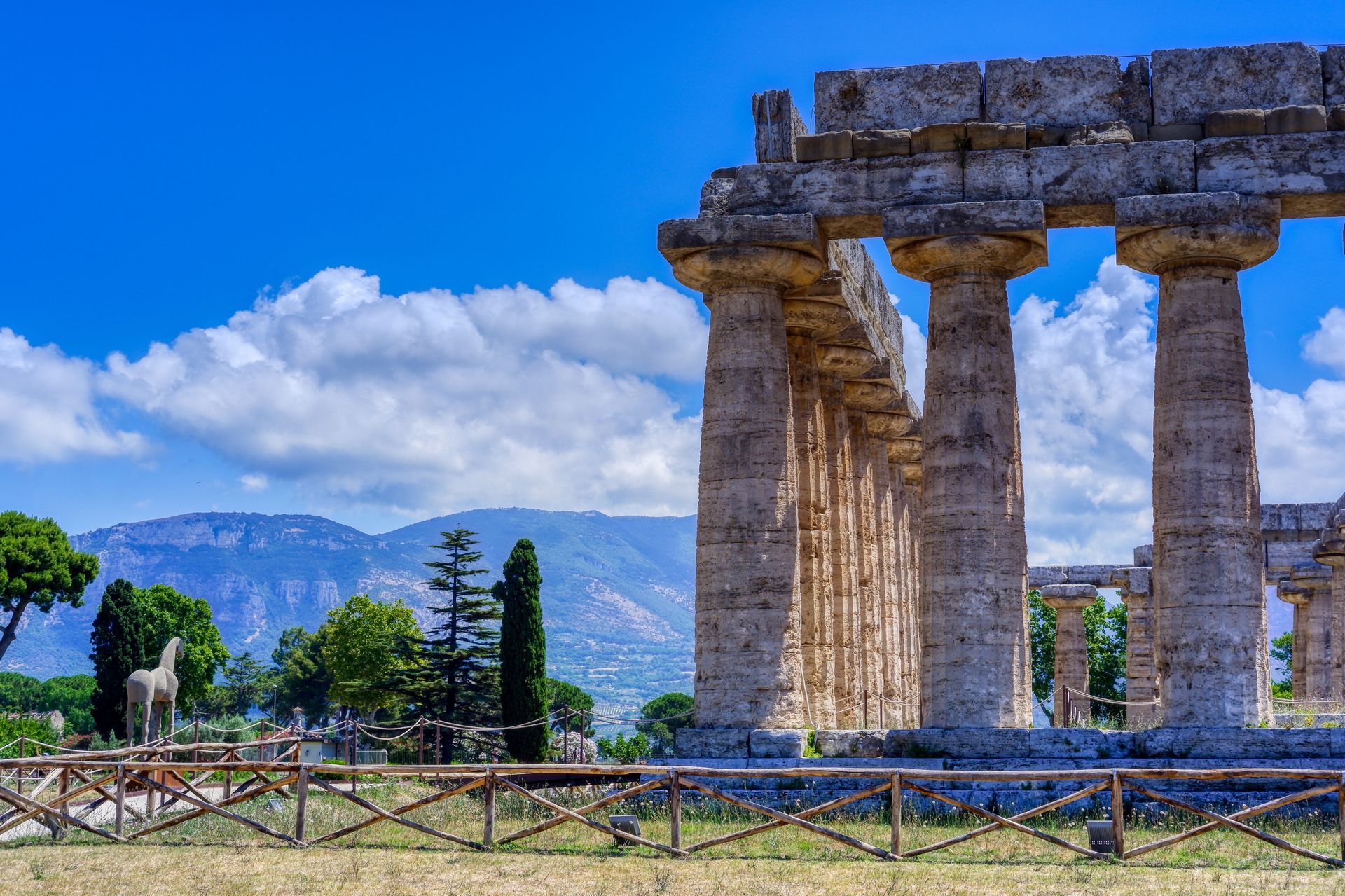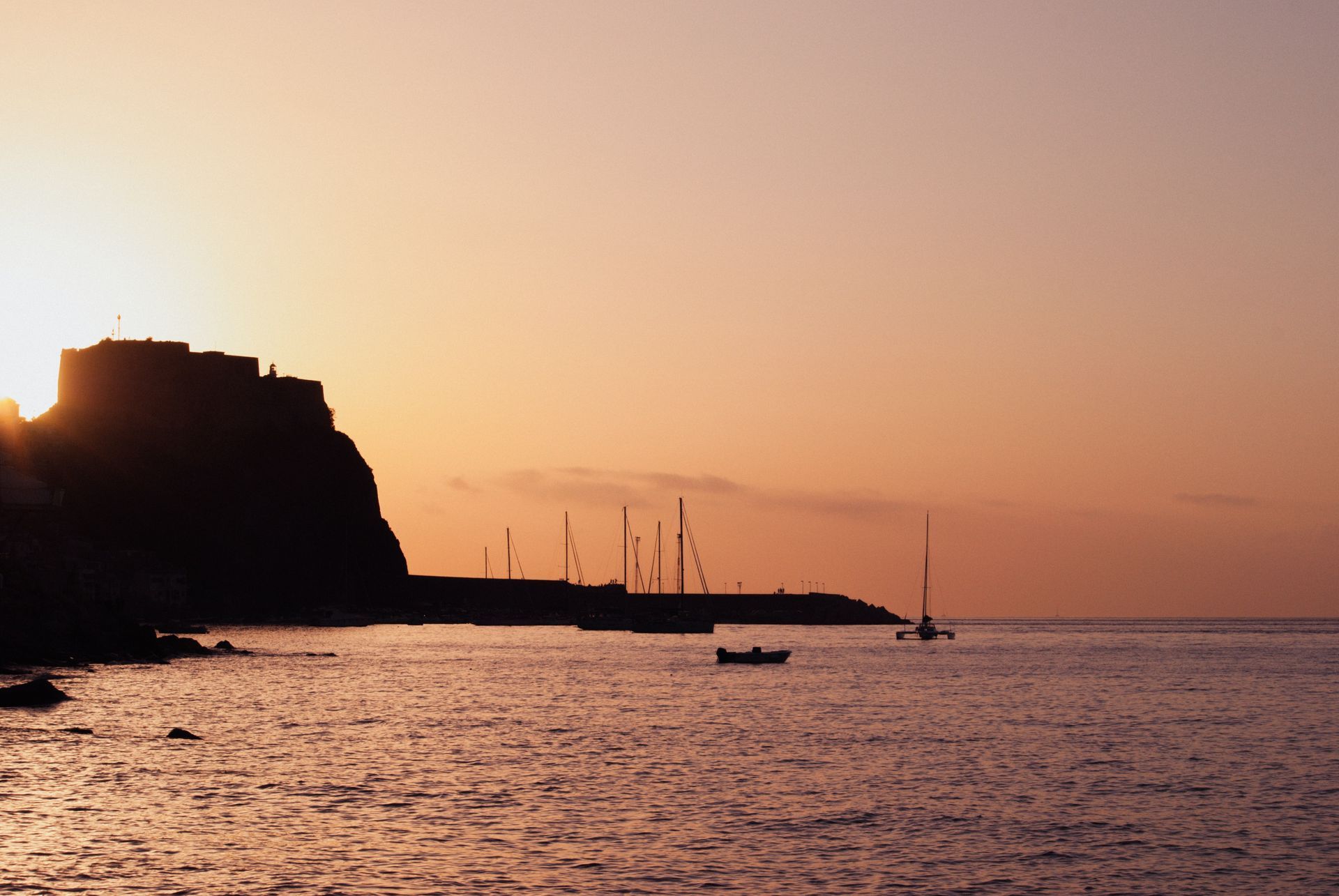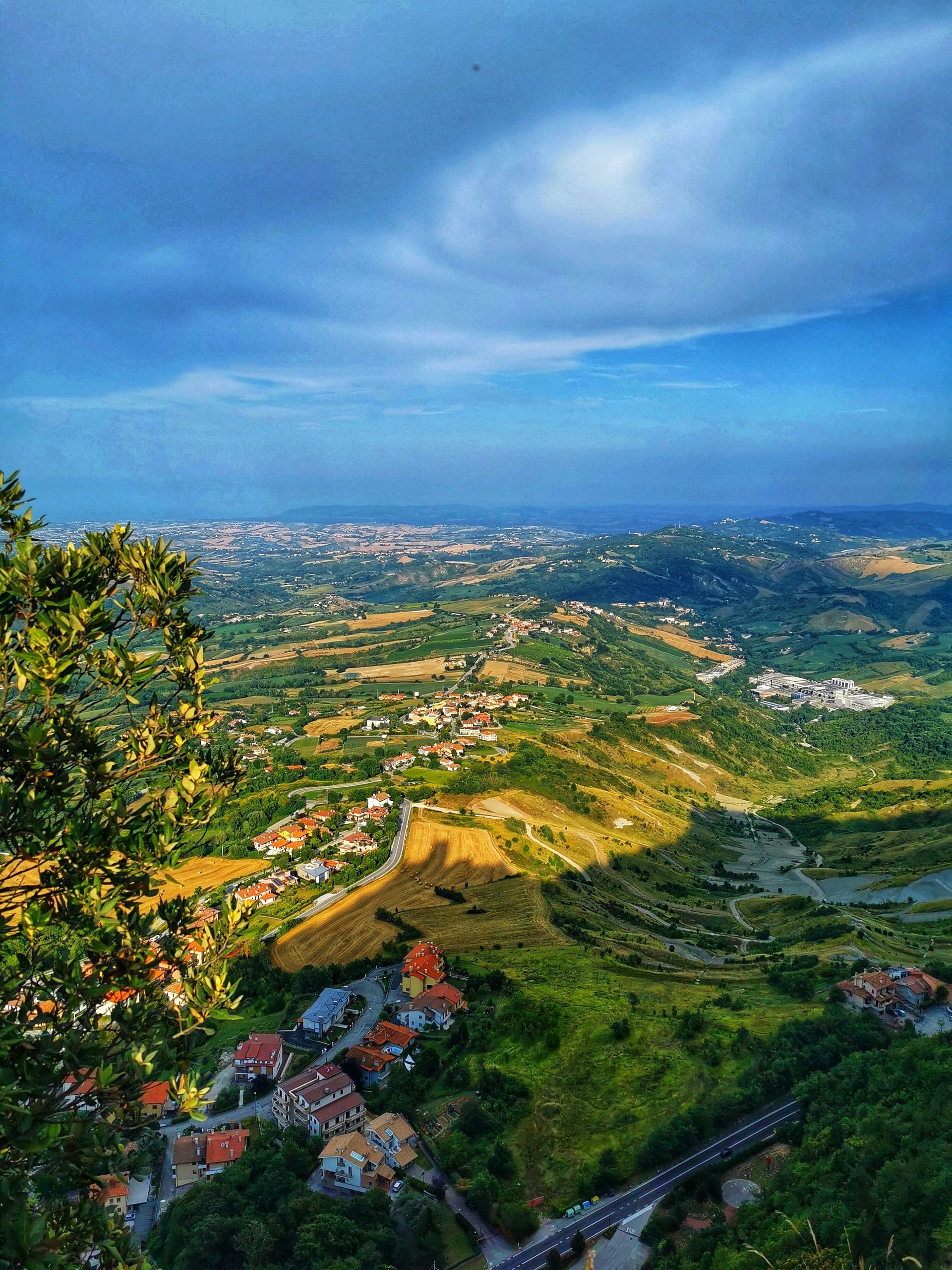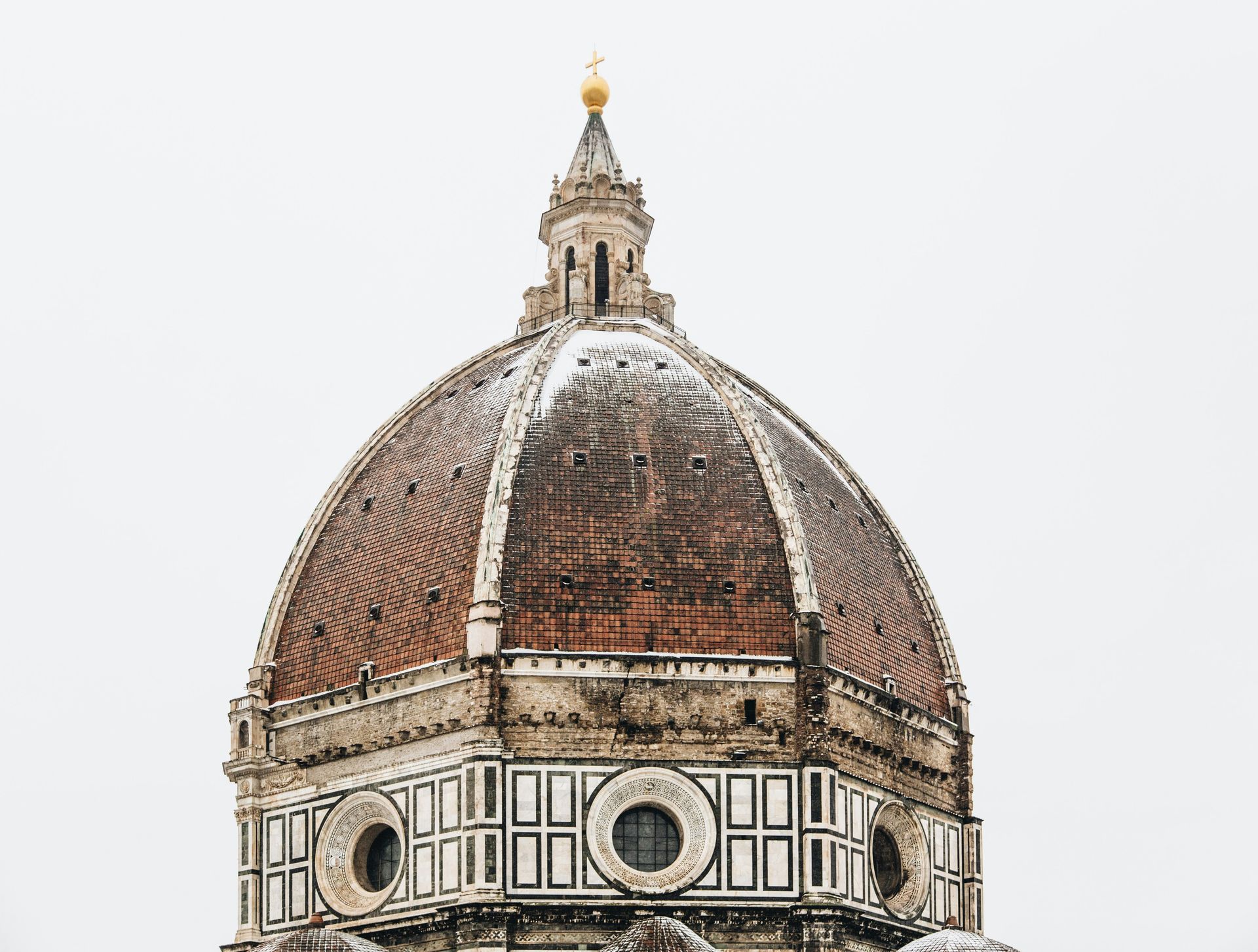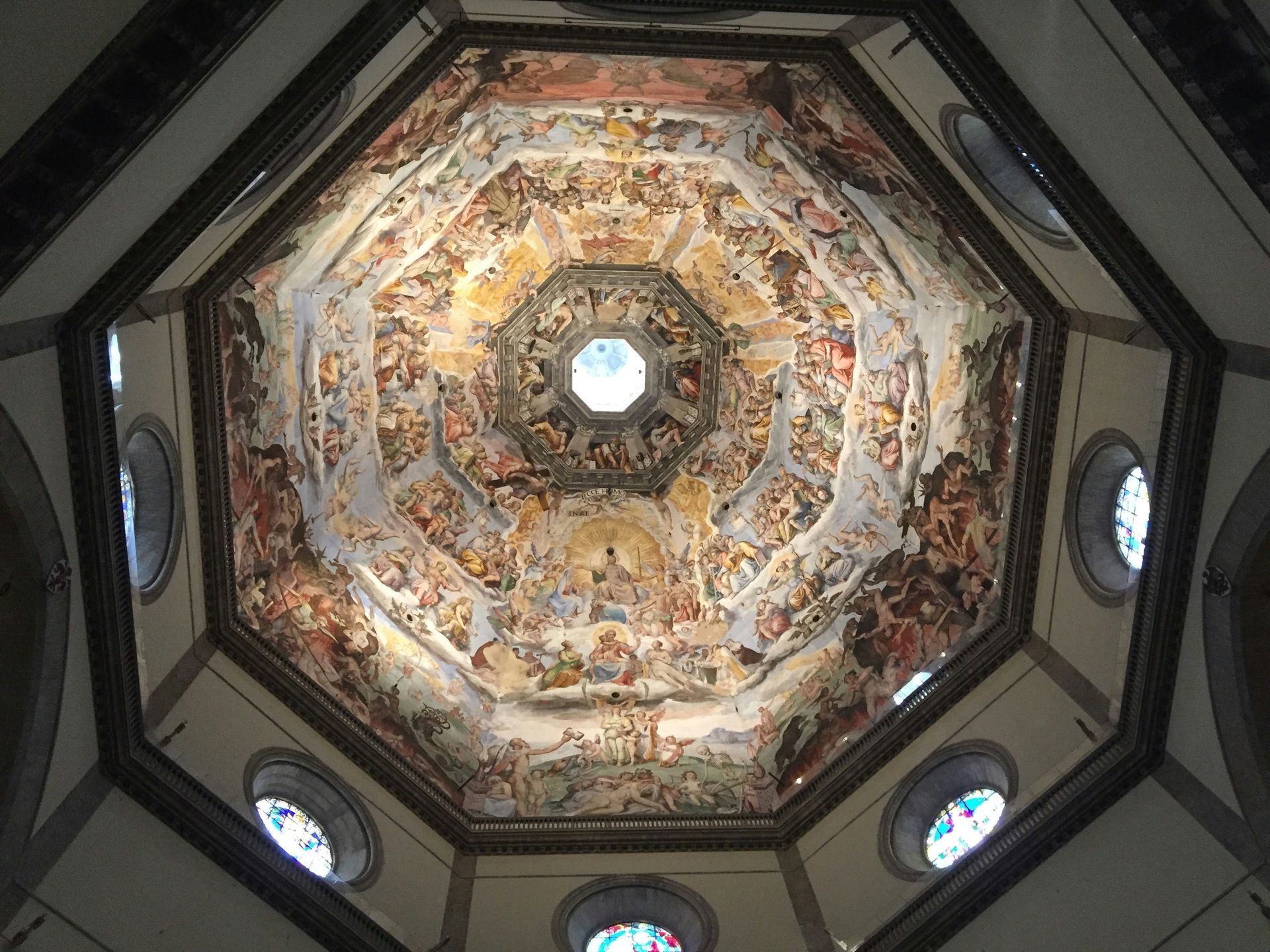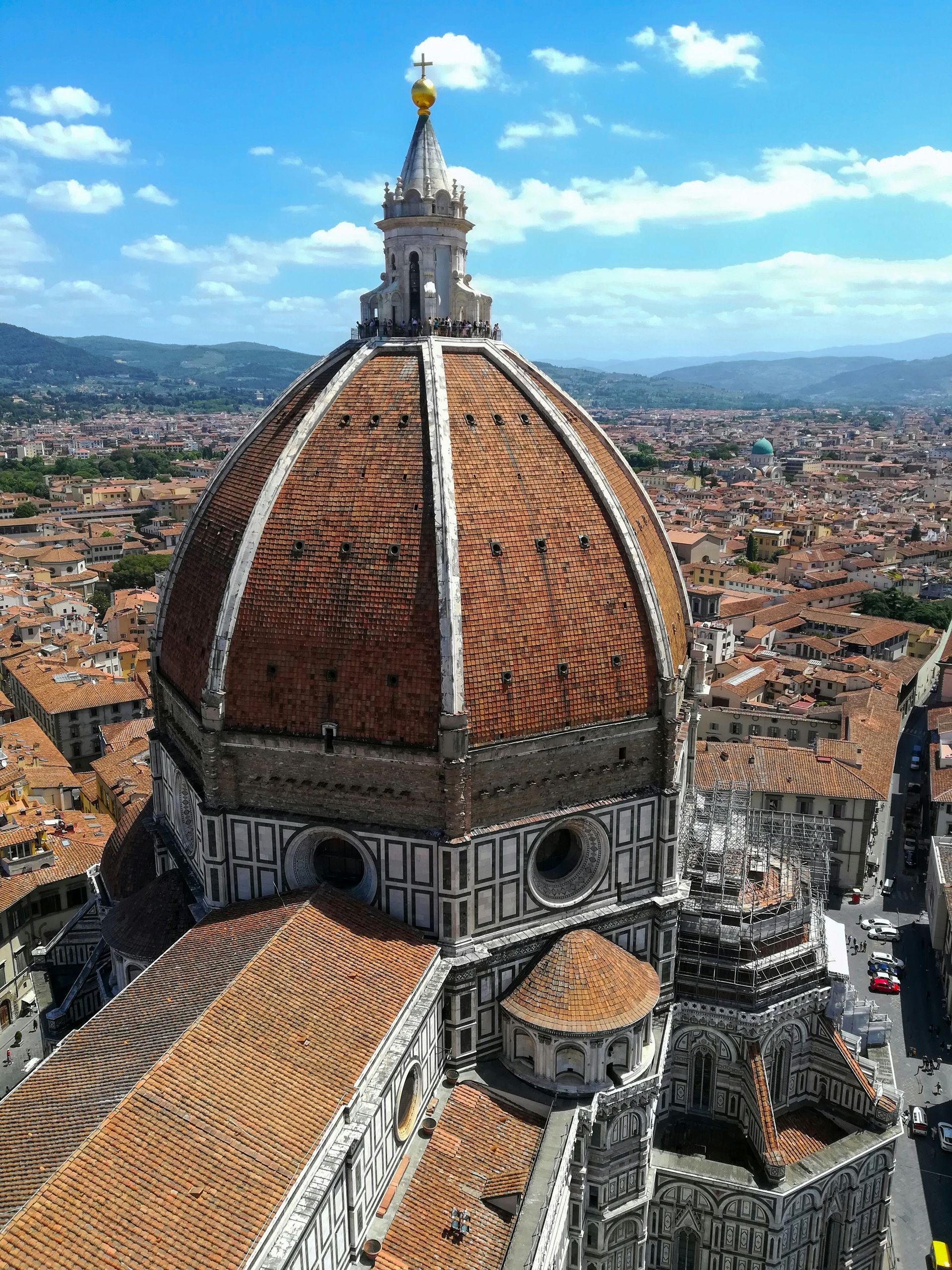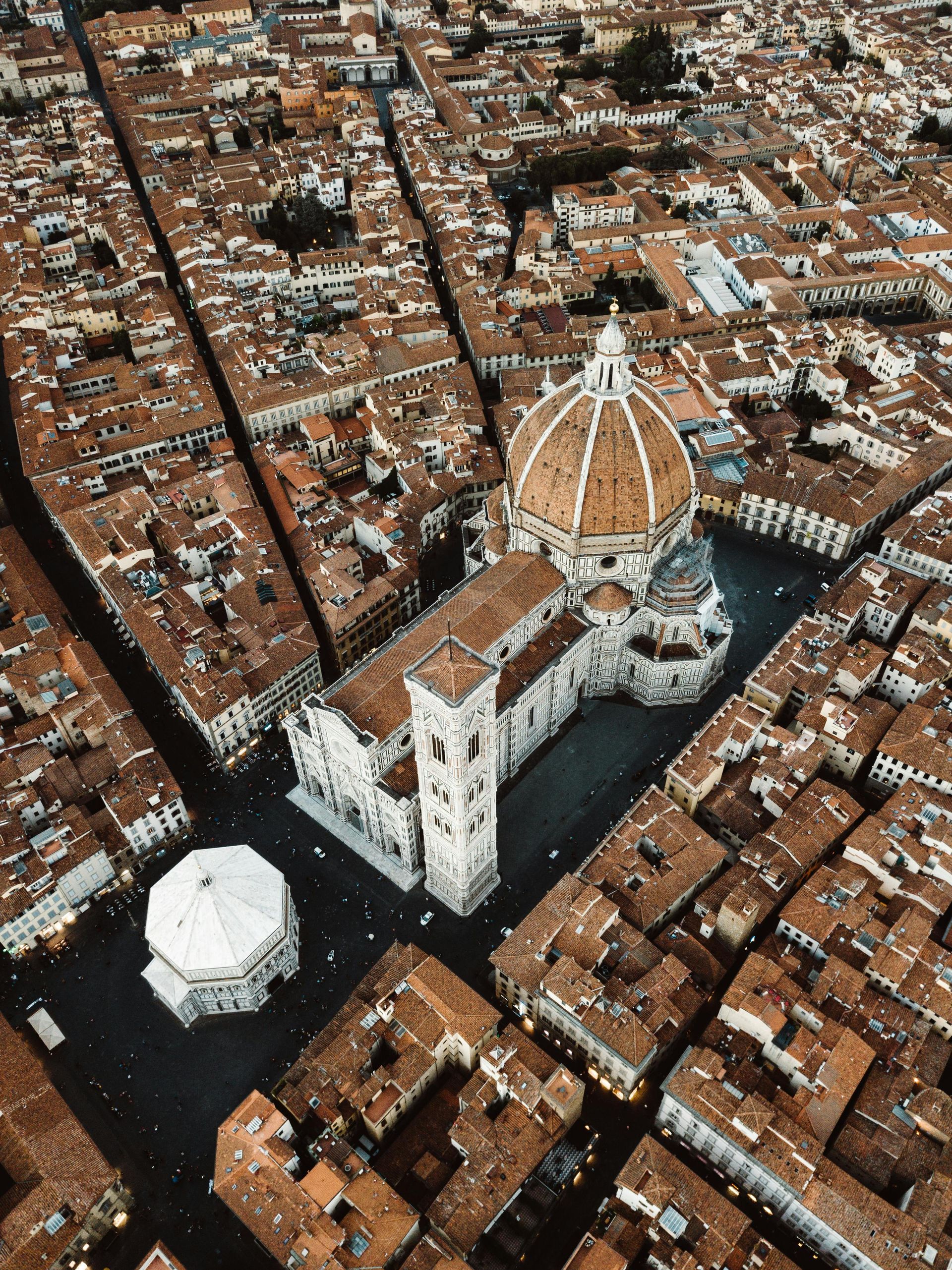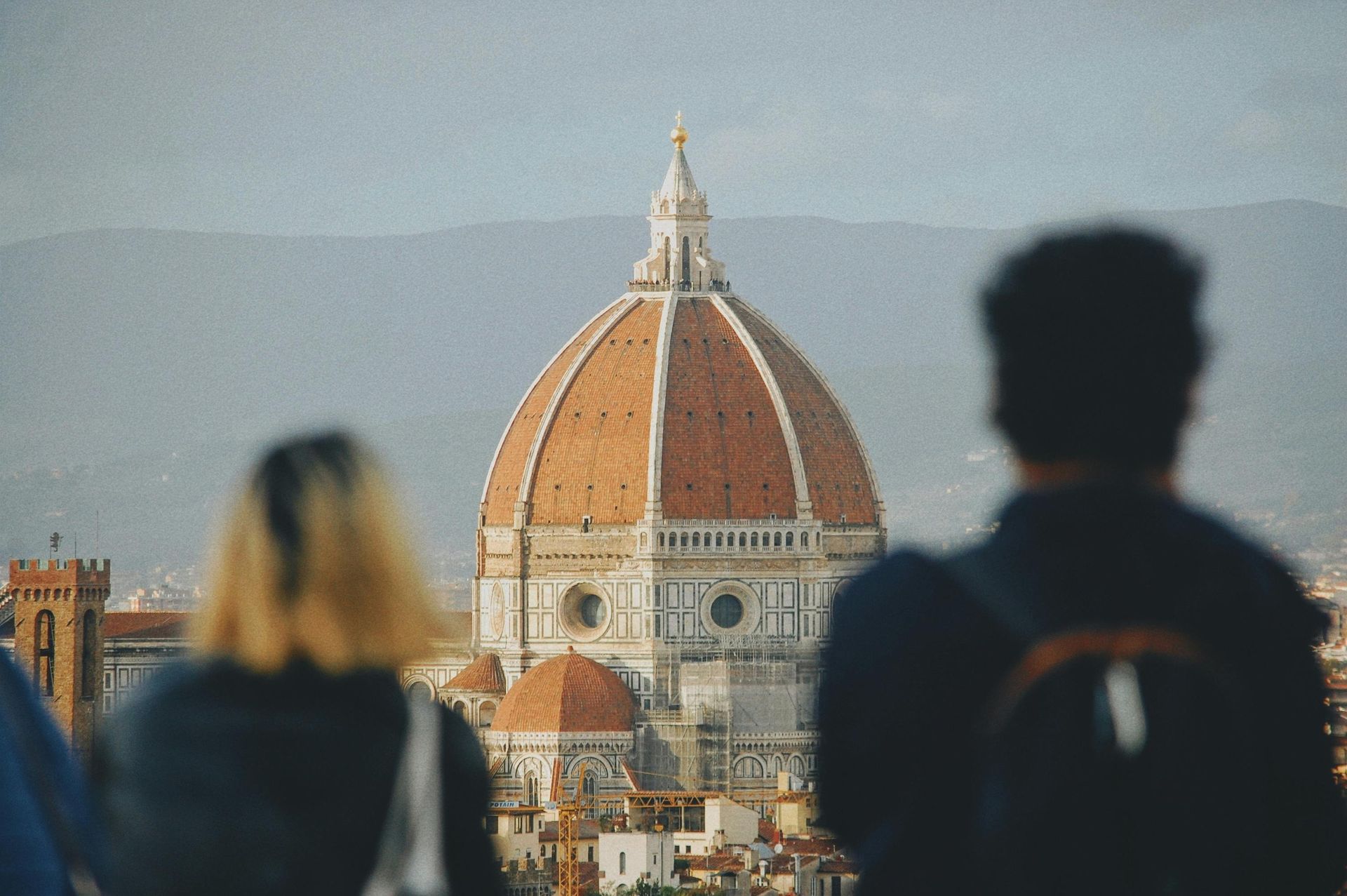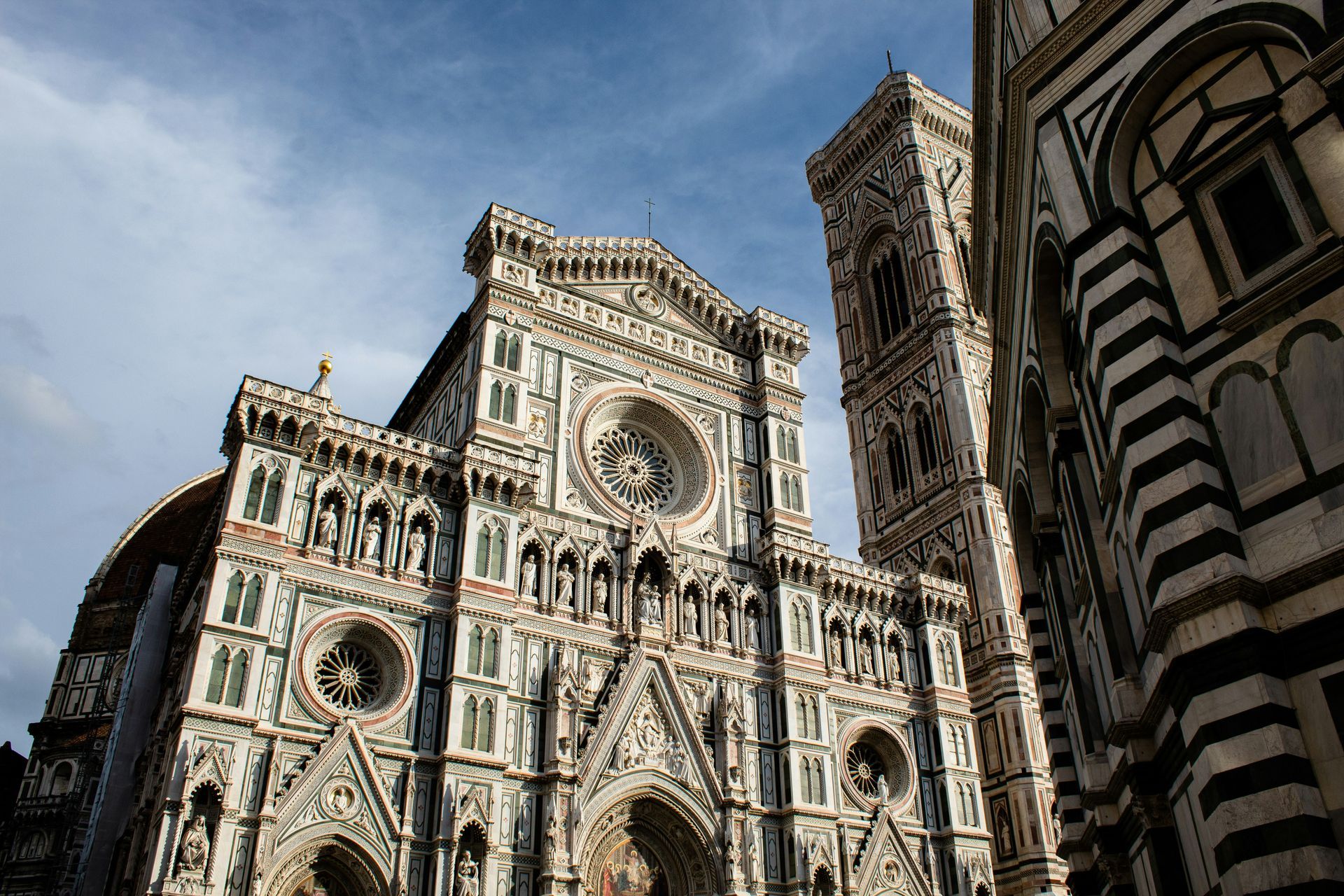Spreading Smile across the globe
Hidden Gems of Northern Italy
Hidden Gems of Italy are a testament to the country's diverse and enchanting beauty, often concealed from the traditional tourist routes. While Italy is celebrated for its iconic cities like Rome, Florence, Venice, and the Amalfi and Cinque Terre coasts, it's the lesser-known destinations that promise a unique journey. These unexplored regions offer travellers a chance to experience Italy's authentic culinary delights, rich historical narratives, and stunning natural landscapes. From the northern reaches to the southern shores, these Hidden Gems of Italy reveal a different facet of this remarkable nation.
Lake Orta - Piedmont
Hidden Gems of Italy come to life at Lake Orta, tucked away near the Swiss border in the heart of Piedmont. This hidden paradise often evades the spotlight compared to its more famous counterparts like Lake Como and Lake Garda. The historic town of Orta San Giulio, with its Baroque and Medieval architecture, cobbled streets, and idyllic Piazza Motta, enchants visitors. The glistening waters of the lake itself invite moments of serenity. What makes Lake Orta truly extraordinary is the mysterious island at its centre—a tranquil sanctuary inhabited by resident nuns.
Treviso - Veneto
Among the Hidden Gems of Italy, Treviso stands as a city in the Veneto region that retains its genuine northern Italian charm. Meandering through its narrow cobbled lanes, picturesque canals, and medieval city walls feels like a step back. Positioned on the fringes of the renowned Prosecco wine region, Treviso provides a delightful excuse for an aperitivo with a glass of Italy's renowned sparkling Prosecco.
Aosta Valley
Nestled among the bordering landscapes of Switzerland and France, the Aosta Valley showcases breathtaking alpine scenery, perched castles, and traditions that thrive throughout the year. When spring and summer arrive, the region's walking trails entice explorers. This season also brings lively festivals that celebrate folk traditions that date back to medieval times. Be sure to savour the local cheese Fontina, a culinary delight that embodies the spirit of this Hidden Gem of Italy.
Alba - Piedmont
Alba, a sought-after destination among Italy's hidden gems, is situated in the vineyards of the Langhe Hills. Once adorned with a hundred towers, Alba exudes a charming rural ambience. It's renowned for its autumn truffle festival, a gastronomic event that captures the essence of the region. Alba is also celebrated for its dark chocolate, hazelnut groves, white truffles, and prestigious wineries. It's from this very region that the sought-after Barolo wine originates.
Camogli - Liguria
Camogli, a typical and vibrant Italian seaside village on the Ligurian Riviera di Levante, perfectly embodies the spirit of the Hidden Gems of Italy. Towering, brightly painted houses dominate the town, and it has become a magnet for visitors seeking pristine beaches, Ligurian cuisine, the rustic fishing marina, Italian culture, and a tranquil natural setting. Camogli has earned its reputation for culinary excellence, focusing on fish and seafood, particularly anchovies and tuna, as well as the iconic pesto sauce made from basil and pine nuts.
Brescia - Lombardy
Hidden Gems of Italy often come alive through history, and Brescia is no exception. In this small city, history unfolds through a tapestry of architectural styles, spanning Roman, Medieval, Renaissance, Baroque, and even Art Deco. Walking through Brescia feels like a journey through time, and a visit to the captivating Piazza della Loggia, framed by a stunning Venetian-style palace at its heart, is a must for history enthusiasts.
Trieste
Trieste is a refreshingly unique destination, an Italian city positioned near the Slovenian border with its dialect that's a delightful blend of Austrian-German, Greek, Croatian, and Italian. Trieste's neoclassical waterfront is a sight to behold, with its marina brimming with stylish, glimmering yachts. The city's offerings include clear blue skies, expansive sandy beaches, city lidos, and the surrounding vineyards. Trieste is a Hidden Gem of Italy that belongs on every traveller's Northern Italian itinerary.
Modena - Emilia-Romagna
Modena is famed for its Hidden Gems of Italy, including balsamic vinegar, Luciano Pavarotti, the Romanesque cathedral, and the nearby Ferrari museum. Beyond these illustrious attractions, Modena reveals a treasure trove of remarkable restaurants. Massimo Bottura's Osteria Francescana has twice earned a place among the world's top 50 eateries, showcasing the culinary excellence of this Hidden Gem. While in Modena, don't miss the chance to savour local specialities like stuffed tortellini and sparkling Lambrusco wine, the perfect complement to your gastronomic journey.
Chiusa / Klausen - South Tyrol
Chiusa, also known as Klausen, is one of Italy's most picturesque villages. It is situated on the banks of the Isarco River in the South Tyrolean region near the Austrian border. Chestnut groves, green fields, vineyards, and farmsteads surround the town. In the village itself, visitors are captivated by narrow alleyways, coats of arms, large bay windows, crenellated facades, and the two main squares.
Ravenna - Emilia-Romagna
Ravenna offers a treasure trove of experiences among the Hidden Gems of Italy. This city is a feast for the senses, with its diverse offerings of food, music, art, culture, history, beaches, wine, and mosaics. Ravenna is home to eight UNESCO-listed sites, making it a must-visit for history and art enthusiasts. It's also known for its two-month-long music festival, Dante Alighieri's tomb, local culinary delights, nearby beach resorts, and the opportunity to explore pinewood forests. The city's fame is derived from its stunning mosaics, dating from the fifth and sixth centuries, scattered throughout the town.
In conclusion, Italy's Hidden Gems invite you to embark on a journey less travelled, where the rich tapestry of history, diverse cuisine, and breathtaking landscapes come to life. These lesser-known destinations provide an authentic Italian experience, away from the bustling crowds, revealing the nation's soul in its purest form. Explore these Hidden Gems to uncover Italy's hidden treasures.
Hidden Gems of Central Italy
Hidden Gems of Italy beckon the adventurous traveller to explore the lesser-known treasures that this remarkable country holds. From the picturesque valleys of Tuscany to the medieval charm of Umbria, the mysterious landscapes of Molise, and the architectural wonders of San Gimignano, these destinations promise unforgettable experiences.
Garfagnana - Tuscany
The Garfagnana region is a hidden gem in the beautiful Tuscan valley north of Lucca. It is crossed by the Serchio River, and the landscape is characterized by fertile greenery, rugged mountains, and charming villages. Outdoor activities such as hiking, walking, and mountain biking are enjoyed by many people in this area. Garfagnana is home to several one-of-a-kind attractions, including a ghost town, a wind cave, and the Devil's Bridge at Borgo a Mozzano.
Gubbio - Umbria
Umbria hides many treasures, and a particular favourite among Hidden Gems of Italy is the Medieval hilltop town of Gubbio. Gubbio, a city with a history dating back over 2,000 years, is a maze of cobbled streets and stone buildings that have been perfectly preserved. Visitors can take a cable car to the summit of Mount Ingino to enjoy panoramic views of the surrounding area. In addition, Gubbio hosts Italy's oldest event, the Corsa dei Ceri, in which teams race through the streets carrying massive wooden candles.
Molise
Molise is Italy's second-smallest region and one of its best-kept secrets. Hidden Gems of Italy are plentiful here. The picturesque town of Agnone is renowned for its artisanal bells, produced by the oldest family-run bell foundry in the world. Meanwhile, Campobasso, the regional capital, boasts a stunning medieval old town. Molise offers a captivating mix of historical charm and natural beauty, with rugged mountains, rolling hills, and pristine beaches along the Adriatic coast.
San Gimignano - Tuscany
Nestled in the heart of Tuscany, San Gimignano boasts medieval architecture and, of course, its famous towers. The town's historic centre is a UNESCO World Heritage site, known for its fourteen stone towers that once symbolised wealth and power. San Gimignano offers a glimpse into medieval Tuscany, with well-preserved streets and squares that transport visitors to another time. Besides the towers, make sure to explore the Collegiate Church and indulge in the local Vernaccia wine, a crisp white wine produced in the region.
Spello - Umbria
Another gem in the heart of Italy, Spello enchants visitors with its winding medieval streets and stunning floral displays. Known as the "Città Infiorata" or "flower town," Spello hosts the Infiorata festival, during which the streets are carpeted with intricate flower petal designs. This event occurs in early June and is a magnificent spectacle. Outside of the festival, Spello's charm continues with its well-preserved historic centre and beautiful churches.
Trulli of Alberobello - Apulia
Apulia, or Puglia, is famous for its unique trulli houses, and Alberobello is the epicentre of this architectural marvel. These whitewashed conical homes are a UNESCO World Heritage Site that offers a glimpse into the region's history. Visitors can even stay in trulli that have been converted into accommodations, providing a truly immersive experience.
Norcia - Umbria
Nestled in the Sibillini Mountains, Norcia is renowned for its gastronomy. This charming town produces exceptional cured meats, particularly prosciutto and salami. For food enthusiasts, Norcia is a true Hidden Gem of Italy. Explore local shops, taste the region's specialities, and visit the beautiful town square. Nature enthusiasts will also find hiking trails and natural beauty in the nearby Monti Sibillini National Park.
Montefalco - Umbria
Montefalco is often called the "Balcony of Umbria" for its stunning views over the surrounding valley. This charming town is also known for its wine, particularly Sagrantino, one of Italy's most robust red wines. Montefalco's medieval centre is picturesque and hosts several churches with remarkable frescoes, making it a cultural and gastronomic gem.
Castelluccio di Norcia - Umbria
High in the Sibillini Mountains, Castelluccio di Norcia is a quaint village known for its stunning wildflower blooms in late spring and early summer. The surrounding plateau becomes a colourful tapestry, attracting photographers and nature enthusiasts. Besides the flowers, visitors can enjoy hiking and take in the breathtaking scenery. Hidden Gems of Italy like Castelluccio di Norcia provide a unique connection to nature and the changing seasons.
In the heart of Italy, a treasury of Hidden Gems awaits the intrepid traveller. From the mysterious ghost town of Garfagnana to the ancient charms of Gubbio, the enchanting landscapes of Molise, and the medieval splendours of San Gimignano, these lesser-known destinations reveal Italy's diverse beauty and rich history. Journey through the tranquil streets of Spello, marvel at the unique trulli houses in Alberobello, savour the culinary delights of Norcia, and bask in the vibrant blooms of Castelluccio di Norcia. These Hidden Gems of Italy promise an unforgettable adventure in a land of timeless wonder.
Hidden Gems of Southern Italy
Italy, a land of rich history, captivating art, and exquisite cuisine, is known for its iconic cities and world-famous landmarks. Despite the tourist-filled streets and crowded piazzas, the country holds many hidden gems—lesser-known destinations that offer a more intimate and authentic experience. These places, tucked away in various corners of Italy, are a testament to the nation's diverse and enchanting beauty, waiting to be explored by the discerning traveller. From medieval towns perched atop hills to charming coastal villages and ancient archaeological sites, the Hidden Gems of Italy promise unique adventures and unforgettable memories.
Civita di Bagnoregio - Lazio
Civita di Bagnoregio is often called the "Dying Town" because of its gradual erosion over the centuries. This medieval village is perched on a hilltop and can only be reached by a long footbridge. It's a unique destination, seemingly suspended in time, and is the perfect Hidden Gem for history buffs and photographers.
Matera - Basilicata
Matera, known for its cave dwellings, is one of Italy's most intriguing and unique destinations. The Sassi di Matera, a historic cave settlement, is a UNESCO World Heritage Site. Matera is gaining popularity but still qualifies as one of the Hidden Gems of Italy. Touring this labyrinth of stone-carved rooms and narrow streets offers an incredible historical journey.
Sperlonga - Lazio
Sperlonga is a charming coastal town characterized by its pristine beaches, winding alleys, and picturesque piazzas. Nestled between Rome and Naples, Sperlonga is often overlooked by travellers. A visit here reveals a relaxed and authentic Italian atmosphere, perfect for strolls and seaside relaxation. Take advantage of the Grotto of Tiberius, a cave once used as the emperor's villa and now a museum.
Paestum - Campania
The ancient ruins of Paestum, originally a Greek colony known as Poseidonia, provide an extraordinary window into Italy's history. The temples are exceptionally well-preserved, ranking among the best-preserved in the world. Paestum is also home to a fascinating archaeological museum that displays artefacts from the site. Enjoy a step back in time amid the Hidden Gems of Italy.
Castro - Apulia
Castro, a picturesque coastal town, boasts a historic centre perched on a rocky outcrop. Visitors can explore ancient churches, fortifications, and a charming harbour. Castro also has sea caves that can be explored by boat. The region's cuisine is a seafood lover's paradise, making this town a Hidden Gem for food enthusiasts as well.
Scilla - Calabria
Scilla, an idyllic coastal village in Calabria, offers stunning sea views and hidden beaches. The town is known for the Ruffo Castle, which dominates the landscape, and the legendary sea monster Scylla from Greek mythology. The charming village is a serene and lesser-known alternative to some of the more crowded Italian seaside destinations.
San Marino
San Marino is a microstate surrounded by Italy and is one of the world's oldest republics. It's a destination that's often missed, making it a true Hidden Gem. San Marino boasts dramatic mountaintop views, historic architecture, and unique attractions like the Guaita Tower and the Palazzo Pubblico. For collectors, the country is also known for its beautiful stamps and coins.
Conclusion
Discovering the Allure of Hidden Gems of Italy
Hidden Gems of Italy offers travellers an authentic experience, far removed from the tourist-packed cities and famous landmarks. These lesser-known destinations unravel the genuine charm, culture, history, and culinary wonders that make Italy an endlessly fascinating country to explore. From the mountains of the North to the coasts of the South, each region holds its treasures, waiting to be discovered by those who venture off the beaten path. By exploring the Hidden Gems of Italy, you can craft a unique and unforgettable journey that deepens your appreciation of this incredible country. Plan your trip carefully, and you will be rewarded with the beauty, history, and flavours that characterize these enchanting places.
Brunelleschi's dome
In the heart of Florence, Italy, an architectural marvel stands as a testament to human ingenuity and artistic brilliance — Brunelleschi's dome. This iconic structure, perched atop the Florence Cathedral, is not merely a dome; it is a symbol of innovation, engineering prowess, and the Renaissance spirit. Conceived by the visionary Filippo Brunelleschi in the early 15th century, the dome became a groundbreaking feat that defied the architectural norms of its time.
As we embark on a journey through the intricacies of Brunelleschi's dome, we delve into the mind of a master craftsman who transformed the skyline of Florence. The keyword "Brunelleschi's dome" conjures images of a breathtaking ascent, where every brick laid and every calculation made reverberates with the echoes of a Renaissance genius. Beyond its physical magnificence, the dome encapsulates the spirit of an era that embraced the marriage of art and science, as Brunelleschi's innovative techniques and daring vision shaped not just a structure, but a symbol of human achievement that continues to inspire awe and admiration to this day. Join me in unraveling the tale of Brunelleschi's dome, where architectural brilliance meets the sky in a timeless embrace.
The Architectural Challenge:
Brunelleschi's dome transcends mere physical marvel; it embodies the very essence of the Renaissance spirit that fervently embraced innovation, science, and artistic prowess. Ascending the heights of the cathedral, "Brunelleschi's dome" becomes a symbolic portal, ushering us into a world where every brick laid and every meticulously calculated angle not only testifies to the genius of a visionary architect but also reverberates with the echoes of a craftsman's profound ingenuity and unyielding determination. Each step taken in the ascent is a journey through time, unveiling the collaborative symphony of minds and hands that birthed this architectural masterpiece. The very essence of "Brunelleschi's dome" lies not only in its grandeur against the sky but in the intricate dance of creativity and precision that weaves through its structure, an enduring testament to the audacious spirit that dared to reach new heights in the realms of art and engineering.
Ingenious Design:
Venturing upward through the cathedral's heights, each step unfolds a captivating journey immersed in the brilliance of Brunelleschi's innovative design. The herringbone pattern, meticulously calculated angles, and the strategic orchestration of weight distribution lay bare the architectural genius that meticulously crafted this masterpiece. With each ascending stride, "Brunelleschi's dome" transforms into a living canvas of audacity, where the boundaries of artistic expression and engineering innovation are fearlessly challenged. The design, like a symphony of creativity and precision, resonates through the structure, underscoring not only the mastery of technique but also the daring spirit that propelled the architect beyond conventional constraints. In the tapestry of architectural history, "Brunelleschi's dome" emerges as a beacon of ingenuity, beckoning us to marvel not just at its physical grandeur against the skyline but at the boundless realms of human imagination and capability it symbolizes.
A Daring Construction:
The 1418 competition required the resolution of this problem: not "whether" to build the dome or not, but "how" to do it. Seventeen architects showed up, including Filippo Brunelleschi (1377-1446), who was the only one to reach the end of the selections. His idea was simple and ingenious at the same time: to create a "self-supporting" dome, built without ribs and capable of supporting itself in every phase of its construction. He prepared a model and simulated the construction of the dome (obviously to scale) in the Church of San Jacopo Soprarno.
Having obtained the commission, Brunelleschi built a double-shell structure, i.e. two distinct domes, one inside the other, connected by twenty-four spurs (linked by horizontal stiffening arches) which strengthen the internal one and break down the very wide faces into three parts of the external one.
The constant overhang of these spurs guarantees the parallelism of the two caps, inside which a staircase was built that leads to the top of the structure.
The dome was built in stone in the lower part, as far as the curve of the walls allowed; then bricks were used, arranged not in parallel concentric courses, as was usual, but with a so-called "herringbone" interlocking system, which consisted of arranging the courses of bricks vertically, following others placed flatly.
Craftsmanship and Legacy:
Delving beneath the surface of the physical structure, "Brunelleschi's dome" unravels a narrative woven with the echoes of craftsmen's tireless toil and unwavering dedication. It emerges as a testament to the harmonious interplay between tradition and innovation, where the timeless artistry of age-old bricklaying techniques seamlessly merged with groundbreaking architectural ideas. Within the core of this dome lies not merely a symbol of architectural brilliance but a tangible representation of the collaborative spirit that breathed life into a visionary's dream. "Brunelleschi's dome" transcends the boundaries of a mere architectural marvel; it stands as an enduring legacy, a testament to the collective determination of those who, through skilled hands and shared vision, transformed the intangible into a tangible reality that continues to inspire generations.
A Timeless Wonder:
Stepping into the shadow of Brunelleschi's dome today is not merely a physical experience but an immersion into the annals of history and artistic transcendence. It's an encounter with the enduring legacy of a visionary architect who dared to aspire to the heavens. "Brunelleschi's dome" stands as a testament to human ingenuity that transcends the constraints of time, inviting us to bear witness to the marriage of boundless creativity and impeccable craftsmanship that birthed this architectural wonder. The dome, with its majestic presence against the sky, becomes a beacon that not only inspires awe but also serves as a living testament to the audacity of human visionaries who dared to push the boundaries of possibility, leaving an indelible mark on the canvas of architectural history.
The Dome's Impact:
The transformative impact of "Brunelleschi's dome" extends far beyond the alteration of Florence's skyline; it stands as a revolutionary force that reshaped the very fabric of architectural thought. Its innovative design, a harmonious marriage of artistry and engineering, became a cornerstone, imprinting its influence on generations of architects globally. The dome, with its soaring presence, stands not merely as a physical structure but as a living testament to how a singular creation can wield the power to shape the trajectory of an entire discipline. In the intricate details of its construction lies the genesis of new perspectives, influencing the collective imagination of architects worldwide and leaving an indelible mark on the evolving narrative of architectural history. "Brunelleschi's dome" thus emerges as a symbol not just of architectural prowess but of the profound impact a daring vision can have on the course of an entire discipline.
The Genius Brunelleschi:
Brunelleschi is described by his contemporaries as a brilliant technician and a versatile inventor, a fully acceptable judgment. As a famous architectural historian, Leonardo Benevolo, observed, he intervened in the open construction site of the cathedral achieving «a virtuosic combination between fidelity to the theme to be completed and the free choice of means».
Brunelleschi's groundbreaking contributions extend beyond the realm of mere technical prowess. His imprint on architecture is indelibly marked by the transformative role he played at the open construction site of the cathedral, masterfully achieving a virtuosic balance between fidelity to the theme and the freedom to choose innovative means. In essence, Brunelleschi's dome symbolizes more than a physical structure; it encapsulates a revolutionary shift in the role of an architect.
Brunelleschi's legacy goes beyond his immediate achievements; he gave birth to a new professional archetype — that of a designer capable of assimilating and personalizing traditional tools while shouldering the entire executive process, down to the minutest details. This feat, though not without challenges, paved the way for the modern architect, a visionary capable of navigating the intricate interplay between tradition and innovation. Contemplating Brunelleschi's dome, any contemporary architect today should be acutely aware of the profound debt of gratitude owed to this architectural genius.
An Unfinished Cathedral
It was in 1418 that the Arte della Lana corporation announced the competition for the construction of the dome of the Cathedral of Florence, dedicated to Santa Maria del Fiore. The grandiose architecture of this sacred building had been designed over a hundred years earlier by the architect and sculptor Arnolfo di Cambio, who had laid the foundation stone in 1296. In his project, Arnolfo had foreseen a domed roof; we know this with reasonable certainty, not because Arnolfo's drawings have been preserved but thanks to a fresco from the second half of the fourteenth century: the Church Militant, painted by the Florentine Andrea Bonaiuti in the Basilica of Santa Maria Novella, before the church was completed.
Arnolfo died when the work had begun; the construction site was then directed by other architects after him: Giotto, assisted by Andrea Pisano, from 1334; Francesco Talenti, from 1349, and others, including Lapo Ghini, who worked there from 1357. Giotto designed the bell tower; Talenti expanded the plant; Ghini, however, raised the shutter of the dome thirteen meters above the roof of the naves, building the beautiful octagonal drum opened by the large circular windows. The general Arnolfian conception was however respected. At the beginning of the 15th century, the building was almost completely completed; the façade (which would later be built in the nineteenth century) and, indeed, the dome were missing, and this was no small problem.
The Problems to be Solved:
We must consider that the Cathedral of Florence is an enormous building, which towers over the city: 153 meters long, designed to contain 30,000 people, it is today the fifth largest church in Europe, after St. Peter's Basilica in Rome, the Basilica of San Paolo in London, the Cathedral of Seville and the Duomo of Milan. The diameter of the dome alone is 43 meters wide towards the inside (the total diameter is 54.8 metres): a real crater which opened onto the roof of the Cathedral at a height of around 60 meters and which somehow it had to be covered.
But how? Arnolfo had left no indications, assuming that he really knew how to do it, since it cannot be ruled out that he had limited himself to conceiving a great idea, leaving his followers to find a way to put it into practice.
Building a roof of that size was no mean feat, and even the example of the dome of the Pantheon in Rome, still marvelously intact, didn't help: the ancient Romans had built it in concrete, a technique that no one knew anymore. The dome of the Florentine cathedral had to be built in stone or brick, like the vaults of Gothic cathedrals.
But the creation of a wooden framework (centre) that started from the ground and rose ninety-three or more meters high (we are talking about the equivalent of a 31-storey building), was considered impossible as well as too expensive. Furthermore, no variety of wood could have supported the weight of such a large and heavy covering until its completion.
Conclusion:
In the grand tapestry of architectural history, "Brunelleschi's dome" stands not only as a towering structure against the sky but as an enduring testament to human audacity, creativity, and the relentless pursuit of excellence. Its impact reverberates through time, altering not just Florence's skyline but influencing the very essence of architectural thought worldwide. The dome becomes a living symbol of innovation and collaboration, where tradition and groundbreaking ideas converge in a harmonious dance of creativity. Beyond its physical grandeur, "Brunelleschi's dome" unveils hidden stories etched in every brick — tales of triumph, perseverance, and the collective spirit that birthed this timeless wonder.
As we stand beneath its shadow, we are not merely observers but participants in a journey through history, marveling at the ingenuity that shaped this architectural masterpiece. "Brunelleschi's dome" encapsulates the boundless possibilities when human vision and skill unite. It challenges us to aspire, to dream, and to leave an indelible mark on the world — much like the dome itself has done for centuries.
Things To Do | Travel Information | Local's Favourites

